Nationalmuseum robbery – $45 million
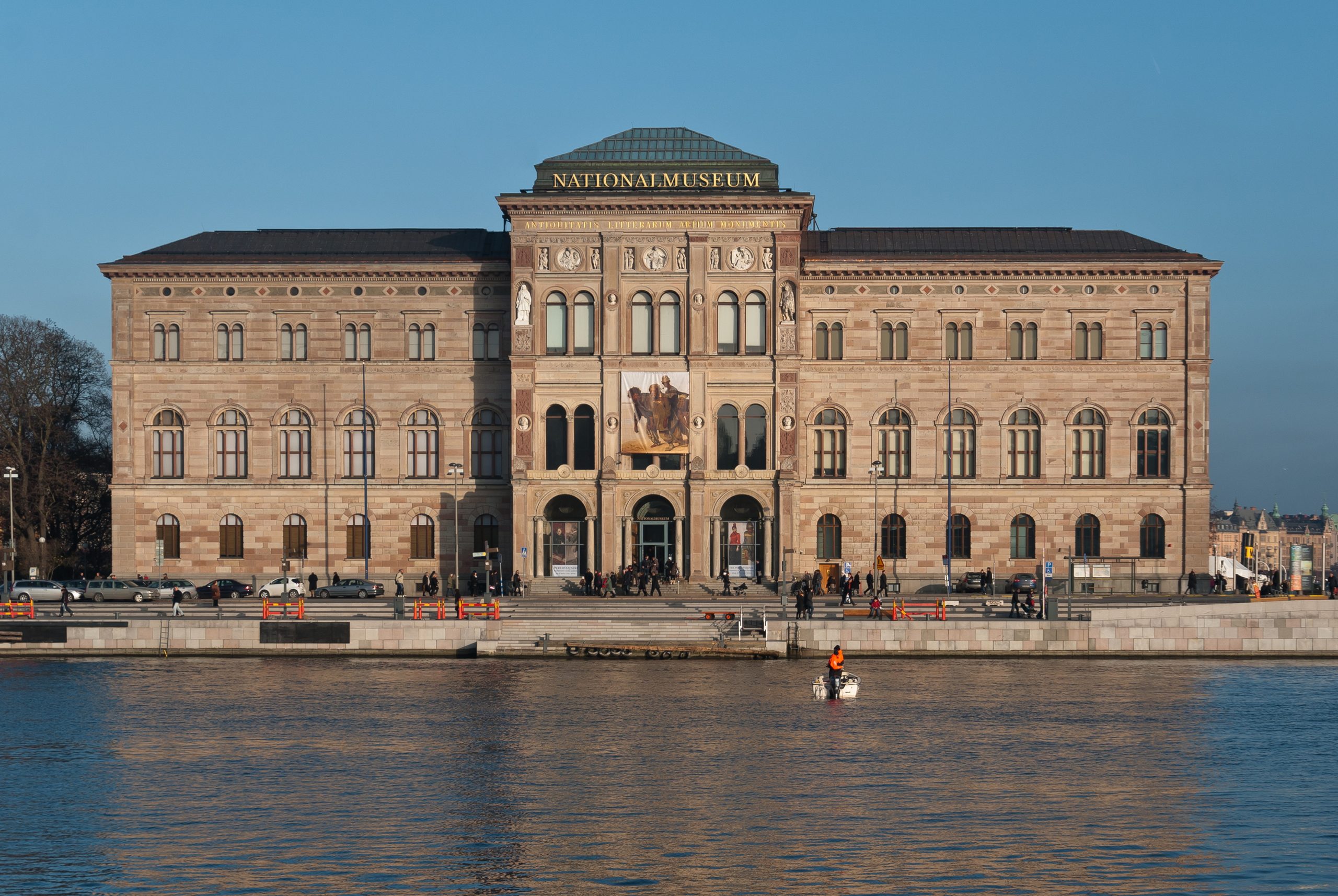
On December 22, 2000, two car bombs were detonated outside hotels near Stockholm’s Nationalmuseum in an attempt to distract police. At the same time, three men burst into the Nationalmuseum, one wielding a sub-machine gun and the other two brandishing pistols. Guards and patrons alike were ordered to lie on the floor as the trio helped themselves to a Rembrandt self-portrait and two Renoir paintings. The robbers escaped in a speed boat which had been moored nearby, and despite the best efforts of police they were able to get away. However, the thieves’ elation was short-lived, as they encountered an unexpected problem: stolen artwork is really hard to sell. After unsuccessfully trying to flog their wares on the black market, the trio attempted to ransom the paintings to the police, who were in no mood to play ball. Eventually the criminals were apprehended and the artworks were recovered in a sting operation. The thieves were caught trying to sell the Rembrandt, which was worth $42 million, for $100,000.
Lufthansa heist – $5.8 million

In 1978, JKF airport employee Louis Werner passed on information to Martin Krugman, a bookmaker to whom he owed $20,000, that German airline Lufthansa flew in regular shipments of currency which it stored at a building in the airport. Krugman in turn passed on the intel to Henry Hill, an associate of gangster Jimmy Burke, and a plot was born. Whilst Burke’s involvement in the heist has never been confirmed, it is widely believed that he was the mastermind. On December 11, 1978, six balaclava-clad men pulled up to the Lufthansa cargo building in a van, cut the padlock on the gate with bolt-cutters, and forced their way inside. Once in the building they took employees hostage at gunpoint and forced them to open the vault, stealing $5.8 million in cash and jewels. The perpetrators were never arrested, but it is rumoured that in the following months most of them were murdered at the behest of Burke, who wanted to tie up loose ends that could lead back to him.
The Northern Bank robbery – £26.5 million
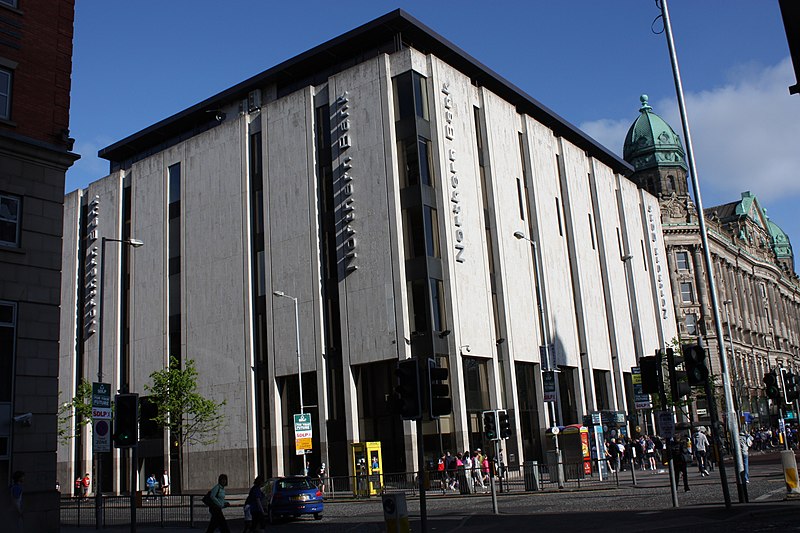
Shortly before Christmas in 2004, an armed gang in the Irish city of Belfast disguised themselves as police officers and gained entry to the homes of two bank managers. With their families taken hostage, the managers were forced to go to work as usual the next day and act as if nothing was wrong, before letting the robbers into the bank at the end of the workday and granting them access to the vault. The gang proceeded to steal £26.5 million in currency, making it the largest heist in Irish history, before getting away. None of the robbers have ever been caught, although a financial adviser who helped them launder the money ended up getting convicted. Police also arrested one of the bank managers and charged him with theft, but the prosecution refused to offer any evidence against him and he was released.
The Dar Es Salaam Bank heist – $282 million

One of the most mysterious robberies ever perpetrated, the Dar Es Salaam Bank heist took place on July 11, 2004 in Baghdad. Not only are the identities of the perpetrators unknown, but there isn’t even agreement on how many thieves there were. Local police stated that the crime was carried out by two men, but the Iraqi Interior Ministry contradicted them and declared it was three. The only solid facts are that the heist was pulled off by guards at the bank, and that over a quarter of a billion dollars was stolen. Bank officials refused to clarify why they had so much American currency on hand, which is extremely unusual for a foreign bank. There is also speculation that the robbers belonged to a militia, as getting the money out of Baghdad would have involved passing through a heavily guarded checkpoint.
Hatton Garden burglary – £14 million
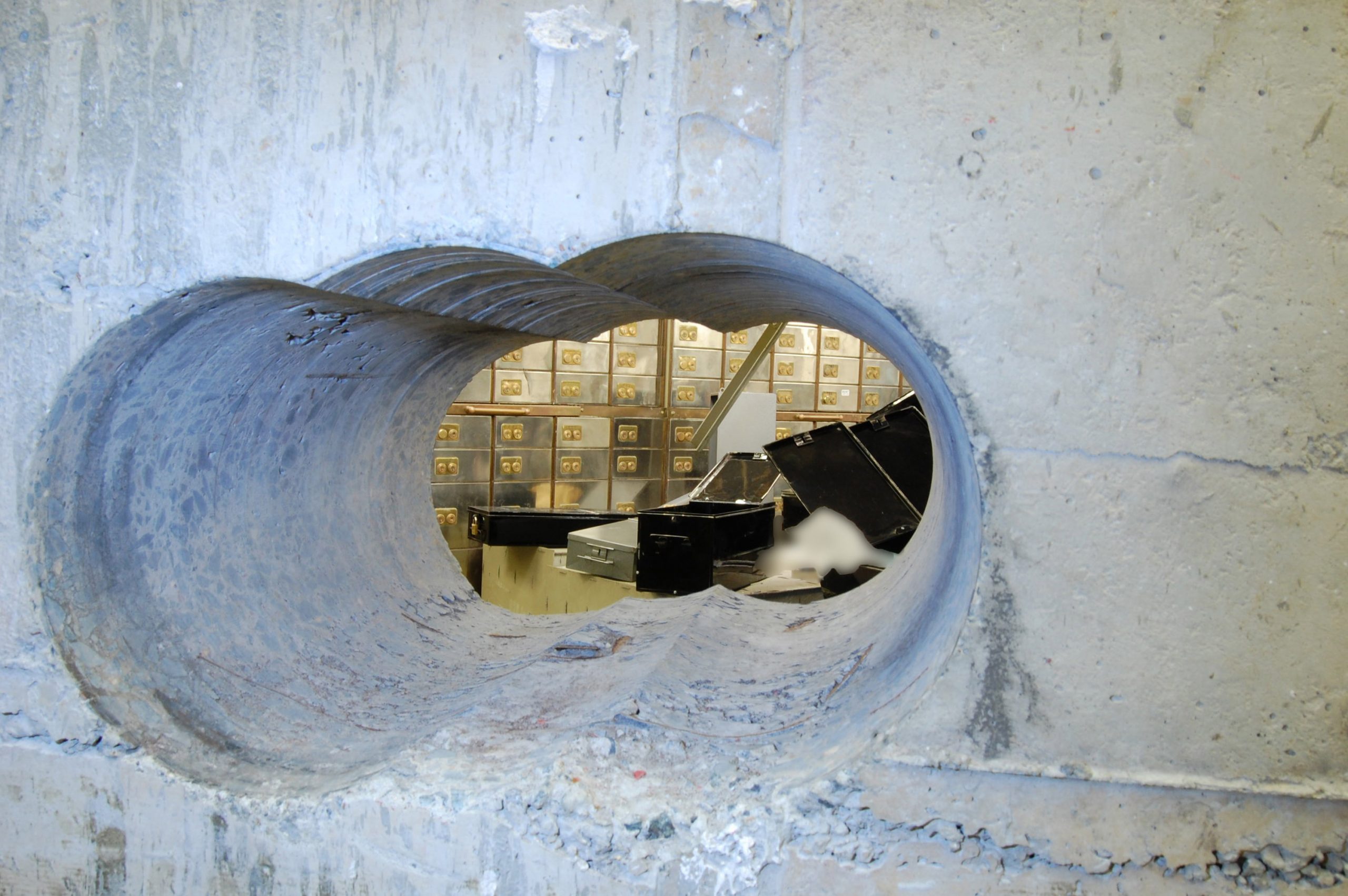
In April 2015, a group of six men with an average age of 63 pulled off a daring robbery of an underground safe deposit facility in Hatton Garden, London. The heist was carried out across the four-day Easter bank holiday whilst the facility was closed. The gang entered the premises through a lift shaft, lowered industrial drilling equipment, disabled the facility’s alarm systems and drilled through the 20-inch walls of the vault, before raiding the safe deposit boxes and stealing £14 million worth of jewellery. Despite leaving no forensic evidence, all of the perpetrators were eventually caught and convicted, although only £4.1 million of the stolen goods was ever recovered. One of the pieces of evidence shown at trial was the YouTube search histories of the suspects, who had watched videos on how to operate the drills they would later use in the heist.
The California United Bank heist – $9 million
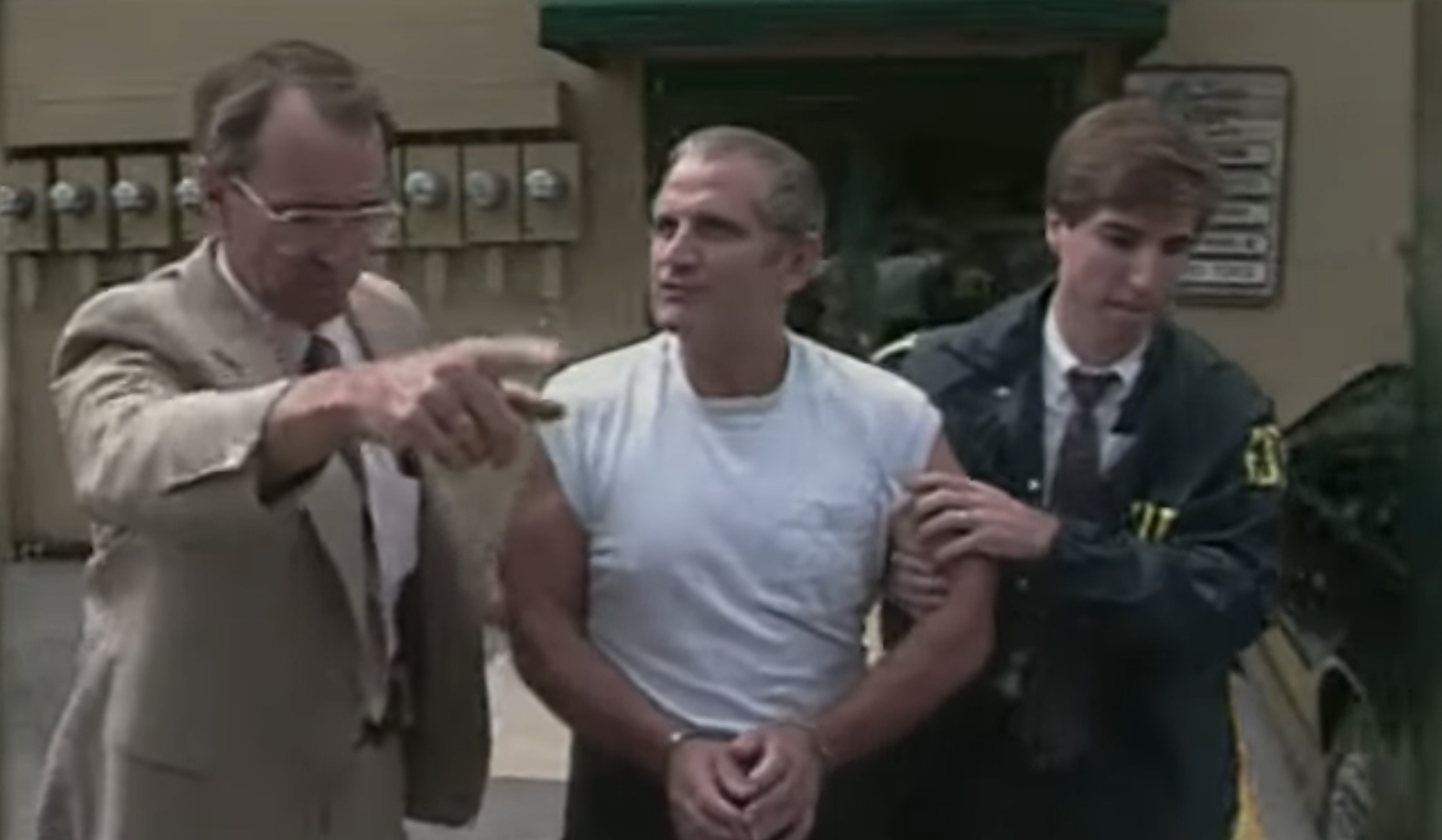
In 1972, career criminal Amil Dinsio was tipped off that President Nixon was keeping a multimillion-dollar slush fund in the United California bank vault. Dinsio assembled a team which included his brother, brother-in-law and two nephews, all of whom were also professional crooks with various skills between them including making explosives, disabling alarm-systems and get-away driving. The gang set up shop in a townhouse and began planning the heists, which they executed on March 24, 1972. After using dynamite to blow their way into the vault, the men quickly began breaking open the safety deposit boxes and looting their contents. Whilst the tip-off about Nixon’s slush fund turned out to be false, the gang still got away with $9 million ($58 million in today’s money) in cash and valuables. The robbery went perfectly, and the townhouse was then meticulously scrubbed for fingerprints. Unfortunately for the thieves, they forgot to run the dishwasher, and police would later use fingerprints lifted from unclean plates to convict them.
Mona Lisa theft – $1 million

Most heists rely on cunning plans, brute force, or a mixture of both – but this one is very much the exception. In 1911, Vincenzo Peruggia stole the Mona Lisa from the Louvre, where he had once been employed as a workman, by removing the painting from its frame whilst no one was looking, concealing it under his jacket, and simply walking out. The painting was at that time valued at $1 million and police launched a massive investigation, but given the fact that CCTV wouldn’t be invented for another 31 years there was very little evidence to work with. Peruggia kept the painting for a full two years, during which time members of the public still visited the Louvre to gaze upon the empty frame where it had once been held. Eventually, Peruggia smuggled the masterpiece to Florence and tried to sell it to an art dealer, who promptly reported him to the police. Peruggia was sent to prison, although he was given a lenient sentence on the grounds that he was at least partially motivated by returning the work of art to the country where it had been painted, and the Mona Lisa was returned to the Louvre, where it was given its own room with extra security.
Great Brinks robbery – over $2 million
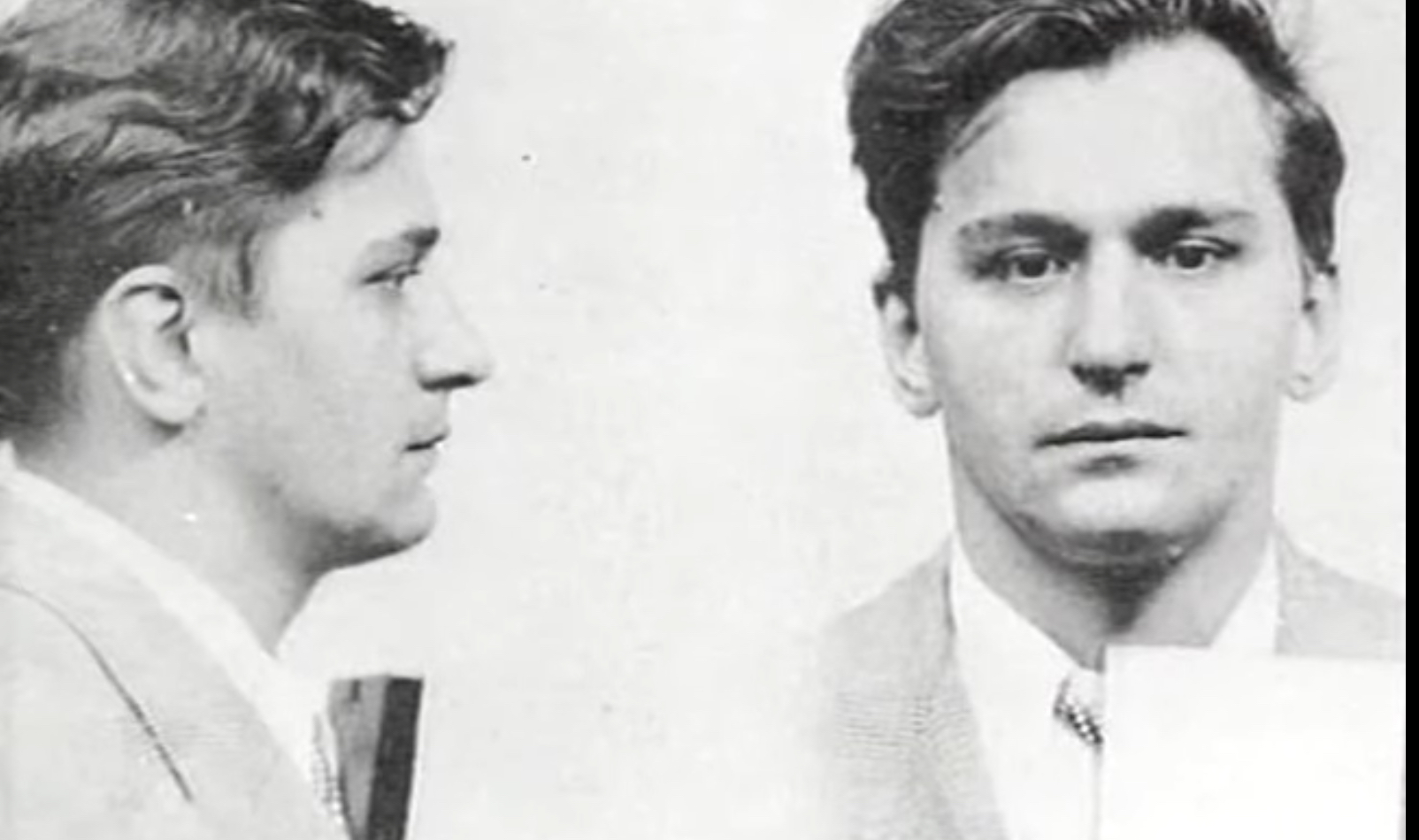
When the headquarters of Brinks was robbed in 1950 it was the largest heist in American history. Brinks were no doubt furious at having been the victims of a robbery, which isn’t exactly great advertising for a security company, but they were assured by J Edgar Hoover, then head of the FBI, that the plot must have been carried out by either communists or the Mob. In truth, neither was the case. The robbery was masterminded by Joseph “Big Joe” McGinnis, a career criminal who spent 18 months planning the crime. The gang secretly entered the Brinks depot and removed the cylinders for the vault one at a time so that a locksmith could make duplicate keys, before returning them without anyone noticing. The gang then waited for the optimal moment and, after six aborted attempts, enacted their plan on January 7, 1950, gaining access to the vault and making off with over $2 million. The perpetrators got away with their crime for six years and were only caught when one of their members, who had been arrested on unrelated charges, used his knowledge of the crime to negotiate a more lenient sentence.
Boston Gardner Museum heist – $300 million
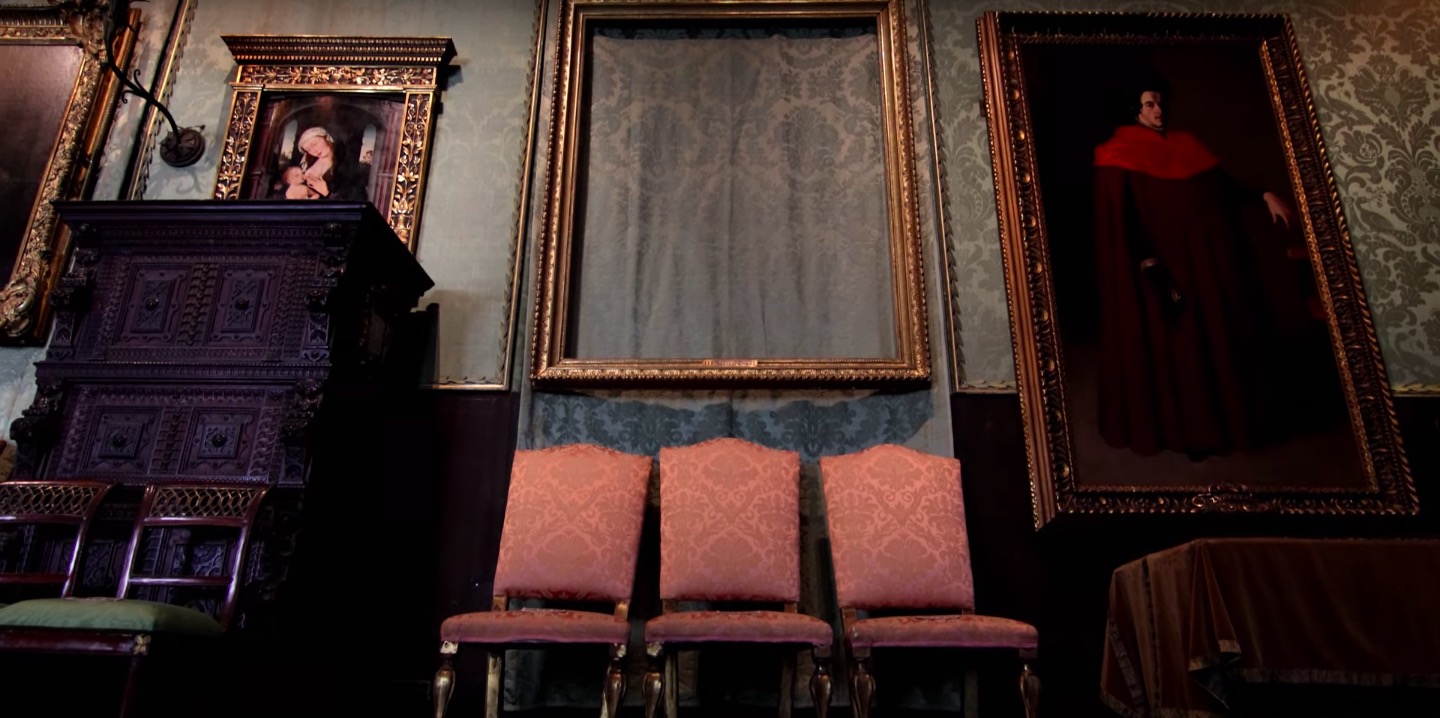
In the early hours of March 18, 1990, whilst the city of Boston was still in the throes of St Patrick’s Day celebrations, two men disguised as police officers gained entry to the Isabella Stewart Gardner Museum and proceeded to steal $300 million worth of fine art. The guards at the museum’s entrance took the police costumes at face value and didn’t bother to check badges, and two additional guards inside the museum were overpowered and restrained with duct-tape. The thieves stole the artworks by crudely cutting them from the frames, and artists whose works were stolen included Rembrandt, Degas, and Manet. Interestingly, the paintings that were stolen were far from the most valuable works in the exhibition hall, suggesting that the heist may not have been planned particularly far in advance. The museum offered $10 million for information leading to the return of the paintings, but they have never been recovered and the identities of the perpetrators remains a mystery.
Antwerp diamond heist – $100 million

Regarded by some as “the crime of the century”, the Antwerp diamond heist took place in 2003 and involved the theft of at least $100 million worth of precious stones. When planning the robbery, mastermind Leonardo Notarbartolo rented an office space within the Antwerp World Diamond Centre which came with a security card granting 24-hour access to the building. Notarbartolo and the rest of the thieves used this office as their base of operations, carefully mapping out the Diamond Centre with the aid of camera pens and making detailed notes about security measures. The group also installed a hidden camera above the vault door to record the code used by the guards to gain entry, covered thermal sensors with hair-spray to slow down their detection times, and constructed a full-scale replica of the vault so that they could practice the heist. The plan went off without a hitch, but the group was caught whilst trying to dispose of the evidence of their plans. Most of the stolen diamonds were never recovered.
Brazil’s Banco Central heist – $65 million

On August 6, 2005, a group of robbers broke into the vault of Brazil’s Banco Central bank in Fortaleza, getting away with $65 million worth of Brazilian Reals. The gang responsible had rented a nearby farmhouse and spent three months digging a 656-foot tunnel to the metre-thick reinforced concrete wall of the vault, which they blasted through with explosives. Bank employees returned after the weekend to discover the missing (and uninsured) cash. Police believe up to 25 people may have been involved in the crime, of which eight have been arrested. The money also seems to have made the perpetrators targets for other criminals, and several of the robbers have been kidnapped and murdered, including the alleged mastermind Luis Fernando Ribeiro.
Sweden’s GS4 cash depot heist – Unknown

The exact amount of money stolen in Sweden’s GS4 cash depot heist hasn’t been publicly disclosed, but apparently it was enough that officials were concerned it could impact the ability to withdraw money from ATMs in Sweden. In the early hours of 23 September, 2009, a stolen helicopter deposited two men onto the roof of the GS4 cash service building. The men, who were heavily armed, broke in through the windows using sledgehammers and began filling bags of money which were then hoisted back up to the helicopter. The entire operation lasted 15 minutes, with the criminals’ chopper hovering over the building the entire time. Before executing the heist, the thieves planted fake bombs near the Stockholm police force’s own helicopters, buying them precious time to escape. These efforts, clever though they were, ultimately proved to be unsuccessful, and all of the perpetrators were arrested over the following days, with sentences ranging from one to eight years in jail.
D.B. Cooper – $200,000

D.B. Cooper is the name given by the media to a daring robber who pulled off one the most stylish crimes in history. On 24 November, 1971, Cooper boarded a commercial flight destined for Seattle, Washington, stylishly dressed in a full suit and tie. After ordering a whiskey, he passed a note to the stewardess which stated “I have a bomb in my briefcase. You are being hijacked.” The note also contained his demands, namely $200,000 in cash, a parachute, and a fuel truck. Cooper then ordered another drink, paid his tab and, ever the smooth operator, tipped the stewardess. When the plane landed in Seattle, Cooper freed the hostages in exchange for the cash and parachute, before instructing the pilot to fly to Mexico city. Around half an hour into the flight the cabin crew were alerted via a warning system that the back stairs to the plane had been deployed. The pilot asked Cooper over the intercom whether he required assistance, but he succinctly replied “no” and parachuted into the night. Cooper’s true identity has never been discovered, and the crime remains unsolved.
The Great Train Robbery – £2.6 million

On August 8, 1963, £2.6 million was stolen from a Royal Mail train in England. The first sign that something was amiss was an unexpected red signal. Train conductor Jack Mills called the train to a halt, got out to investigate, and found himself face to face with 15 men clad in ski masks and helmets. The criminals were not carrying firearms, but made up for it with numbers and sheer violence, attacking Mills with a metal bar and inflicting major head injuries. The gang had brought a train driver with the intention of moving the locomotive half a mile down the tracks to a location where they could more easily unload the money, but he was unfamiliar with the controls and couldn’t get the train moving. The gang coerced a seriously injured Mills into helping and, after eventually unloading the money, fled by car to a farmhouse, which they spent a night at before burning it down. Most of those involved were eventually caught and prosecuted, but at least three evaded justice, and Mills never fully recovered from the trauma.
The Seymour train robbery – £18,000

Don’t be fooled by the seemingly small amount of money that was stolen in this heist. The Seymour train robbery took place in 1866, making the haul worth around $300,000 in today’s money. The crime was committed by the Reno Gang, a group of outlaws who were active in the American midwest during the 1860s. Train robberies had occurred before, but always when the train was stationary; the Reno Gang’s innovation was to rob trains whilst they were moving. On the night of October 6, three members of the gang boarded a train as it was leaving its depot in Seymour, Indiana, and forced their way into the carriage where the safes were held. The employee guarding the safes was only carrying the key to one of the smallest, which contained $18,000, and the larger safes were too heavy for the gang-members to carry as they evaded law-enforcement. The Reno Gang’s reign of terror lasted only four years, and most of its members met grizzly ends at Virginia’s infamous Hangman’s Crossing.
Dresden Green Vault heist – up to $1 billion
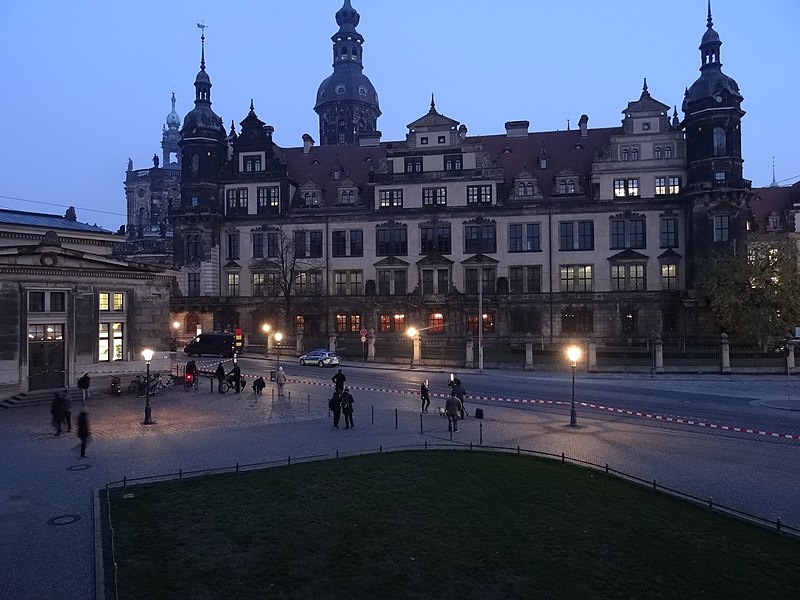
On 24 November 2019, two burglars broke into the Green Vault museum, which is situated within Dresden castle. At 4am, shortly before the robbery took place, a fire was started on a nearby bridge which destroyed a power box, killing all the lights and intruder alarms on the street. Before power could be restored, the thieves cut their way through iron bars and gained entrance to the museum through a window (police later ascertained from the size of the window that the perpetrators must have been very small), before using an axe to smash the cases protecting the museum’s jewels. Museum guards, who were unarmed, followed protocol and didn’t directly engage with the burglars, instead maintaining distance and phoning the police. The criminals got away with historic jewels which have been valued at over $1 billion, and no arrests were made until 21 September, 2021, when the police charged six men with organised robbery and arson. The men are still in custody, with the trial yet to take place.
Securitas depot robbery – £53 million

In 2006, seven men stole £53 million from the Kent depot of Securitas, a security firm which had been outsourced the task of distributing currency for the Bank of England. The plot began with an inside man, who filmed the interior of the depot in detail. Once the rest of the gang had enough footage to plan their heist, they kidnapped the depot’s manager and his family, forcing him to grant them access to the facility. Inside, they tied up 14 employees at gunpoint before stuffing money into bags which were loaded into getaway vehicles. In total, the thieves stole almost £53 million, leaving behind another £154 million only because they didn’t have the space to fit it in their vans. UK police eventually tracked down most members of the gang and recovered £17 million, although the remaining £32 million is still missing to this day.
Knightsbridge Security Deposit heist – £60 million

Valereo Viccei was a prolific thief who was already wanted for over 50 armed robberies in his native Italy by the time he carried out a daring robbery of a bank in Knightsbridge, London, in 1987. Before carrying out the heist, Viccei recruited the director of the Safe Deposit Centre, who had racked up serious debts due to his cocaine addiction and agreed to provide the would-be thief with information in exchange for a cut. Armed with inside knowledge of the bank’s security systems (and a gun), Viccei entered the centre alongside an accomplice and requested to rent a safe deposit box. Once they had been escorted to the vault they overpowered the manager and guards, hung a sign on the door that said “temporarily closed”, and began breaking open the security boxes in the vault. The duo evaded capture and Viccei escaped to South America, although he was eventually apprehended when he returned to England to have his Ferrari shipped overseas.
Nokas robbery – $6.8 million

The Nokas robbery remains the largest heist in Norwegian history. On April 5, 2004, 11 robbers stormed the Nokas Cash Handling facility in Stavenger. The gang were armed with high-tech military weapons and clad in body armour, and they attempted to delay law-enforcement response times by setting fire to a lorry outside police headquarters and deploying spike strips on the roads. The heist was supposed to last a maximum of eight minutes, but the robbers had underestimated how well the bank’s bullet-proof glass would hold up and by the time they got to the money police were on the scene. A shoot out ensued, resulting in the death of Lieutenant Arne Sigve Klungland. Whilst the criminals managed to escape the scene, they were later tracked down, arrested, and handed heavy sentences.
Société Générale bank heist – 33-111 million francs

Once upon a time, the Société Générale bank in Nice possessed a vault that was considered impenetrable. With a floor made of 18 inches of reinforced concrete, it was surrounded by a thick layer of steel and had an extremely complex locking mechanism that was virtually impossible to crack. Unfortunately for the bank’s managers, and the customers whose valuables were stored within its vault, a group of robbers led by Albert Spaggiari ultimately discovered that the vault could be entered from below, via the sewers. On 16 July, 1976, after two months spent digging a tunnel, the thieves broke into the vault and made away with cash and valuables worth somewhere between 33 million and 111 million francs. The group left a message on the wall that read “without weapons, hate or violence”. Spaggiari was captured a few months later, but escaped from custody and lived out the rest of his life in hiding.
The Wilcox train robbery – $50,000 (around $1.6 million today)
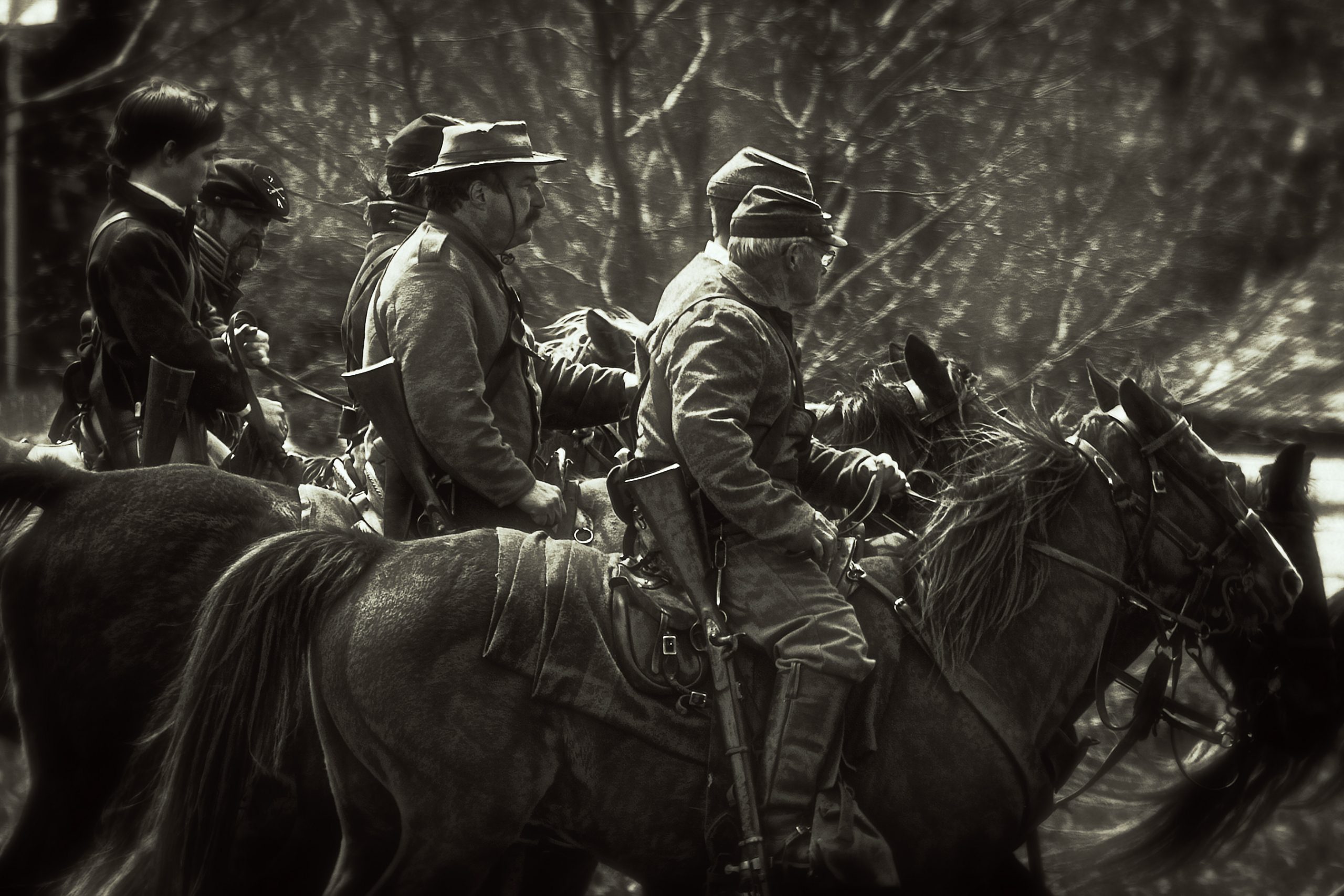
Inspired by the successes of the Reno Gang, another group of outlaws who referred to themselves as the Wild Bunch perfected the art of robbing trains in the 1890s. On June 2, 1899, the Wild Bunch halted a Union Pacific train by placing a red lantern on the track and quickly leapt onboard, taking driver Grinstone Jones prisoner at gunpoint. The robbers forced Jones to detach the train’s cab and drive it over a wooden bridge, which had been rigged with dynamite and was promptly blown up once the cab was clear. The gang members then used dynamite to gain entry to the messenger’s cab, before using yet more dynamite to blow open the vaults contained within (it seems they were fond of explosives). The robbers, one of whom was rumoured to be the legendary Butch Cassidy, escaped with $50,000 and got away with their crime, although the outlaw life caught up with all of them eventually: just 12 years on from the Wilcox train heist, every member of the Wild Bunch was dead.
The Central Bank of Iraq robbery – over $920 million

Stealing money from the central bank of a country you are running might seem like an unusual move, but that’s exactly what happened in 2003 when Iraqi despot Saddam Hussein stole almost $1 billion from the Central Bank of Iraq. Knowing that allied forces were going to launch their invasion the next day, Hussein sent three trucks to the bank accompanied by his son Qusay, who carried a handwritten note commanding employees of the bank to empty the vaults and hand over the cash. Almost $1 billion was loaded into the trucks and driven away, before being divided up and concealed at various safe houses. US forces recovered most of the money during raids across the course of the war, and 35 service members were found guilty of trying to pocket some of the ill-gotten cash for themselves.
The Brink’s-Mat robbery – £26 million

On 26 November, 1983, six robbers entered the Brink’s-Mat warehouse near Heathrow Airport and carried out one of the most notorious heists in British history. The gang had recruited an employee of the company, security guard Anthony Black, who granted them access in exchange for a cut of the profits. Once inside, the thieves used petrol and matches to threaten employees into opening the safe, where they discovered £26 million worth of cash, gold and diamonds. The thieves originally believed that the warehouse contained £3.2 million in cash, and were understandably overjoyed to discover that they had seriously underestimated their prize. Only two of the perpetrators were ever charged with the crime, including the security guard who had let the gang in, and the majority of the loot has never been recovered.
The Dunbar Armored robbery – $18.9 million

In 1997, six men led by Allen Pace carried out the largest cash robbery that the United States has ever known. Pace masterminded the plan whilst he was working for the Dunbar Armored trucking company as a safety inspector. During his time on the job, he carefully made detailed notes of floor plans, camera locations, and security protocols, allowing him to plot the perfect heist. Pace recruited six childhood friends for the plan, which had to be brought forwards when he was fired by the company for tampering with vehicles, and on the night of September 12, 1997, the friends infiltrated the Dunbar facility, overpowered two guards and made off with almost $19 million in cash. Pace came under immediate suspicion from the police, but he had planned the heist so meticulously that they weren’t able to find any evidence against him. Two years after the robbery, one of the gang lent a friend some money which was still in its original currency straps, finally giving police the evidence they needed and resulting in lengthy prison sentences for the thieves.
The British Bank of the Middle East robbery – $20-$50 million

In 1976, Lebanon was in the midst of a bloody civil war, and a group of eight men with ties to Yasser Arafat’s Palestine Liberation Organisation decided to capitalise on the chaos by staging a daring heist. The target was the British Bank of the Middle East in the country’s capital, Beirut. The men, whose identities remain unknown, opted for brute force instead of stealth, and used explosives to enter the bank vault by blasting through the wall of a neighbouring Catholic church. Once inside, the heavily armed men cracked the vault with the alleged assistance of some Corsican locksmiths and proceeded to make off with $20-$50 million in cash, gold bars and jewels. Their haul is estimated to be worth three times that today, and none of the perpetrators have ever been caught.
Great Gold Robbery – £1.2 million
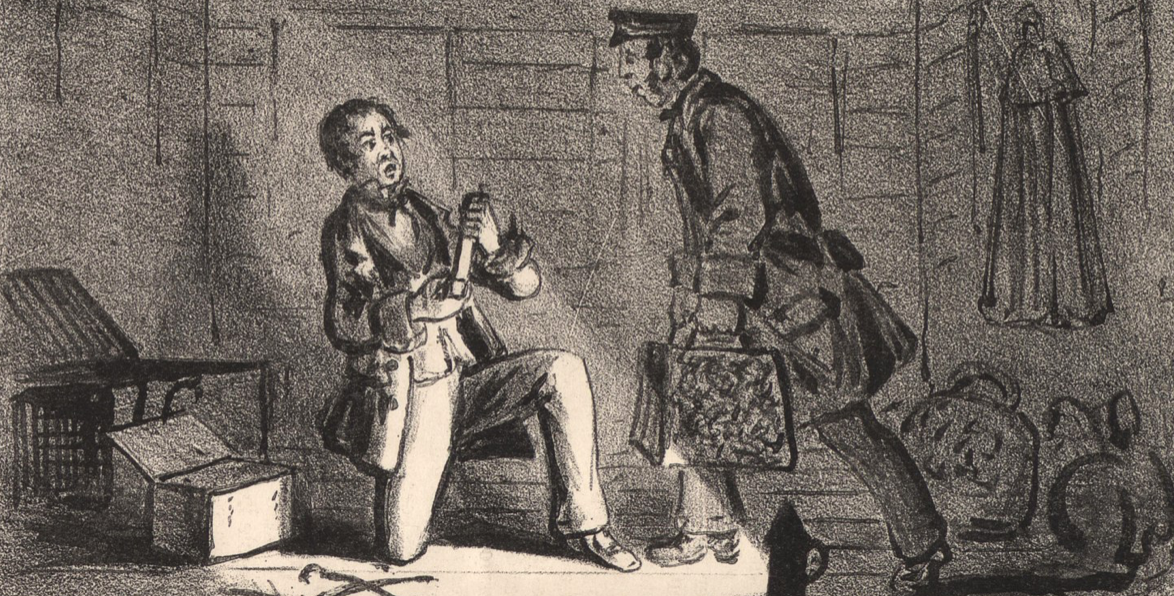
On the night of May 15, 1855, four men stole around £12,000 (£1.2 million in today’s money) worth of gold bullion and coins from a train shipment bound for France. Two of the robbers worked for the train company, and they used their access to make wax impressions of the locks on the train’s vault, allowing them to manufacture their own set of keys. Once they knew a valuable shipment was scheduled, the employees made sure they were on guard duty whilst their two co-conspirators hid in a carriage. The men emptied the vault during the first leg of the journey and stealthily left the train at Dover. The case perplexed investigators and went unsolved for months until the girlfriend of one of the thieves ratted the group out after a dispute over money.
Havelock Bank robbery – $230,000
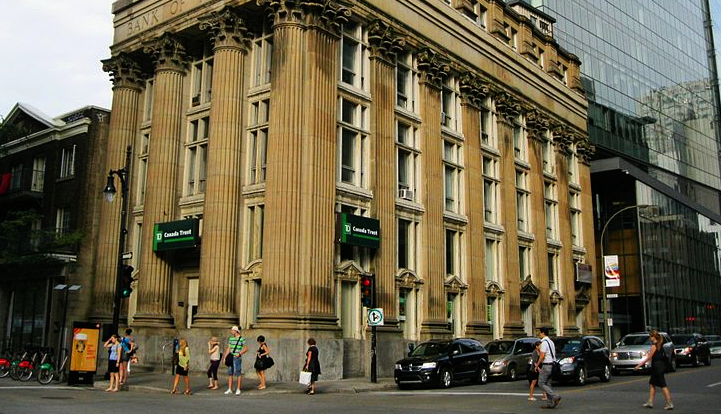
In the early hours of 31 August, 1961, five men gained access to the basement of the Toronto-Dominian Bank bank in the town of Havelock, Ontario. The men had chosen that day as, due to local mining companies paying their employees on the last day of the month, the bank would have a lot of cash on hand. The robbers waited for bank employees to arrive before forcing them to open the safe at gunpoint, packing $230,000 into duffel bags and fleeing in a getaway car. After a high-octane police chase and a brief shootout, the thieves were able to make their escape. All of the perpetrators were eventually rounded up, with one of them dying from a heart attack in custody, but the stolen money was never recovered.
Duke of Wellington portrait theft – £3.3 million
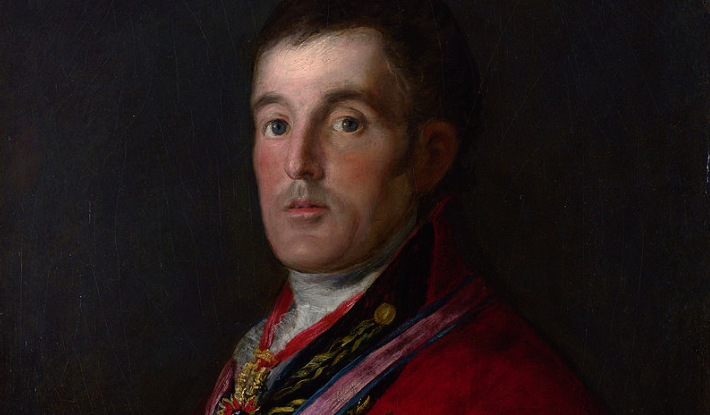
In 1961, John Osborne, 11th Duke of Leeds, decided to put a portrait of the Duke of Wellington that he had inherited on sale at the famous Sotheby’s auction house. Art collector Charles Wrightsman bid £140,000 (£3.3 million in today’s money), but the Wolfston Foundation matched the offer and purchased the painting for the National Gallery in London. However, a mere 19 days after going on display, the portrait was stolen by retired bus driver Kenton Bunton. Four years later, with the case thoroughly cold, Bunton voluntarily returned the painting and confessed. After a lengthy and highly publicised trial, he was found not guilty of stealing the painting. He was, however, found guilty of stealing the frame, although he escaped a custodial sentence.
Punjab National Bank robbery – $4.5 million

Labh Singh was a former Punjab police officer who, in 1986, became the head of militant organisation Khalistan Commando Force. In 1987, Singh, along with a number of other militants, stole 58 million rupees ($4.5 million) from the Millar Ganj branch of Punjab National Bank, Ludhiana, in what is still India’s biggest bank heist. The robbers disguised themselves as police officers to enter the bank, before threatening employees with submachine guns to gain access to the vault. The plan went smoothly and all of the perpetrators were long gone by the time police arrived on the scene. The money allowed the Khalistan Commando Force to purchase more sophisticated weapons and expand their operations, but Singh was killed in an encounter with police a year later.
National Bank of Poland robbery – 12 million złotys
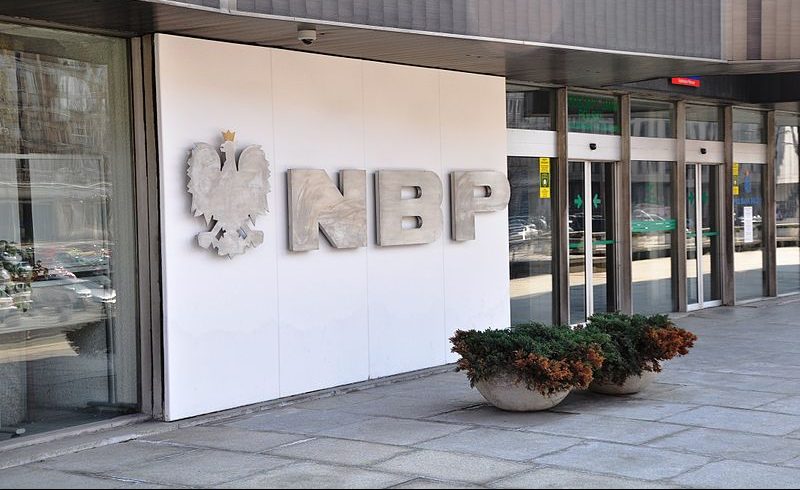
Poland’s largest bank heist was carried out on 19 August, 1962, by a six-man team that included the safe keeper of the National Bank of Poland in Wołów. The robbery began when a guard entering the bank for his night shift was overpowered, bound, and left in the cellar. The thieves then quickly made their way to the vault where they used a jack-screw to cut a hole through the wall. Once they were in the safe, the men stole 12 million złotys in cash before making their getaway. The theft wasn’t discovered until the following morning, when a cleaning lady found the guard trussed up in the cellar and called the police. The gang was eventually brought to justice when the wife of one of the perpetrators tried to buy a carpet with one of the stolen notes.
Karachi Allied Bank Robbery – $3.8 million
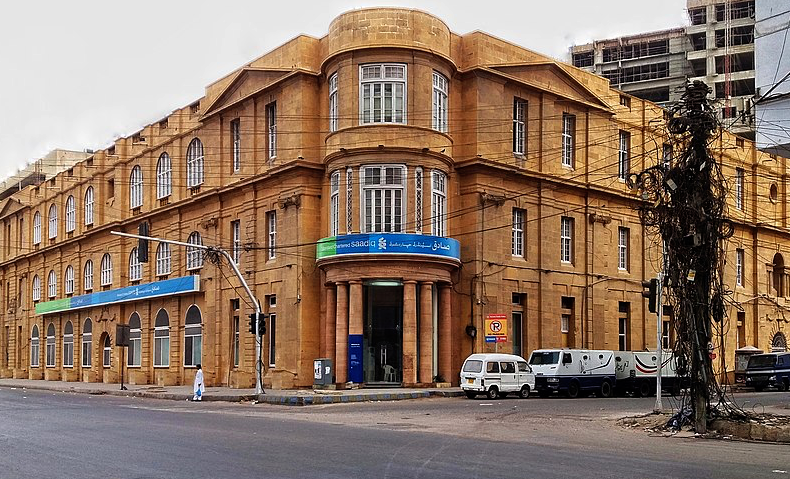
On December 13, 2009, a group of robbers broke into the main branch of Allied Bank in Karachi, Pakistan, and made off with 10 billion rupees ($3.8 million). Investigators quickly worked out that the heist – which remains Pakistan’s largest – had been masterminded and led by one of the bank’s employees, who had used his knowledge of the building’s layout, security systems and codes to gain access to the vault. The main perpetrator was arrested on December 19, but he refused to spill the beans on his co-conspirators and they remain at large.
Linwood Bank robbery – over £1 million
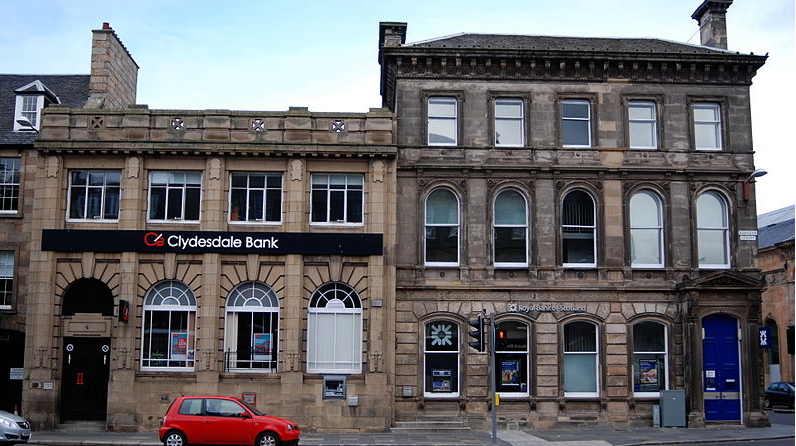
On December 30, 1969, three men launched a deadly robbery of a Clydesdale Bank branch in the Scottish town of Linwood. Two of the perpetrators were former police officers who had fallen into debt since leaving the force, and the third was a car mechanic. The heist went smoothly, but as they were loading the £14,000 in cash that they had stolen into their getaway car they were approached by several policemen who thought they were acting suspiciously. The gang’s leader, Howard Wilson, quickly produced a handgun and shot three officers in the head, killing two and paralysing the third, before being tackled and disarmed. Wilson was jailed for 32 years, and his accomplices – who had fled when the shooting started – were each handed 12-year sentences.
Operation Góral – over $1 million
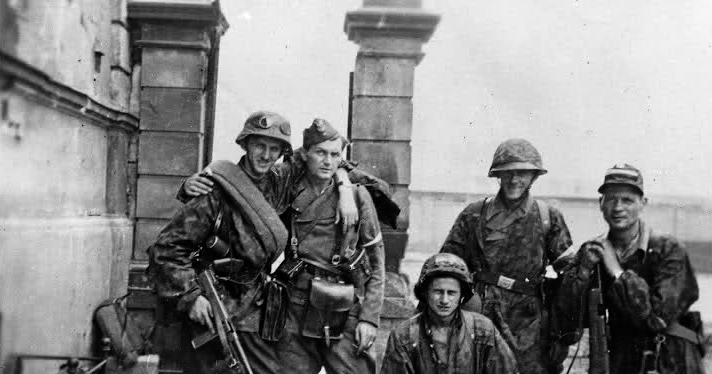
The Home Army was a Polish anti-Nazi resistance movement that was formed after Germany ignited The Second World War by invading Poland. As well as carrying out assassinations and sabotage, the organisation began masterminding plans to steal money from the occupiers to finance their operations and hinder the Nazis. After a tip-off that the Germans would be moving a large quantity of currency to the Nazi-run Bank of Issue in Poland, Home Army operatives concocted a plan, which was executed on August 12, 1942. The organisation used an improvised roadblock to hold up the German truck carrying the cash, quickly eliminated the soldiers guarding it, and escaped with the money. The whole operation lasted less than two minutes.
Croydon Aerodrome robbery – £21,000
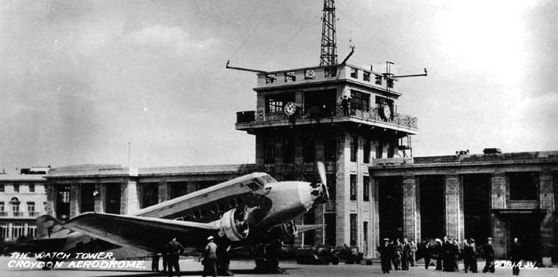
On March 6, 1935, three men took advantage of some seriously lacklustre security and stole £21,000 (£1.3 million in today’s money) worth of gold bullion, gold sovereigns, and American Eagles from an aerodrome in Croydon. All valuables that passed through the aerodrome were held in a single vault, and there was only ever one security guard present. The robbers, who had acquired a duplicate key to the safe, snuck into the aerodrome during the early hours of the morning and emptied the vault whilst the guard was sleeping. Investigators eventually managed to track down one of the perpetrators, but he remained tight-lipped and the gold was never recovered.
Mayfair diamond heist – £500,000
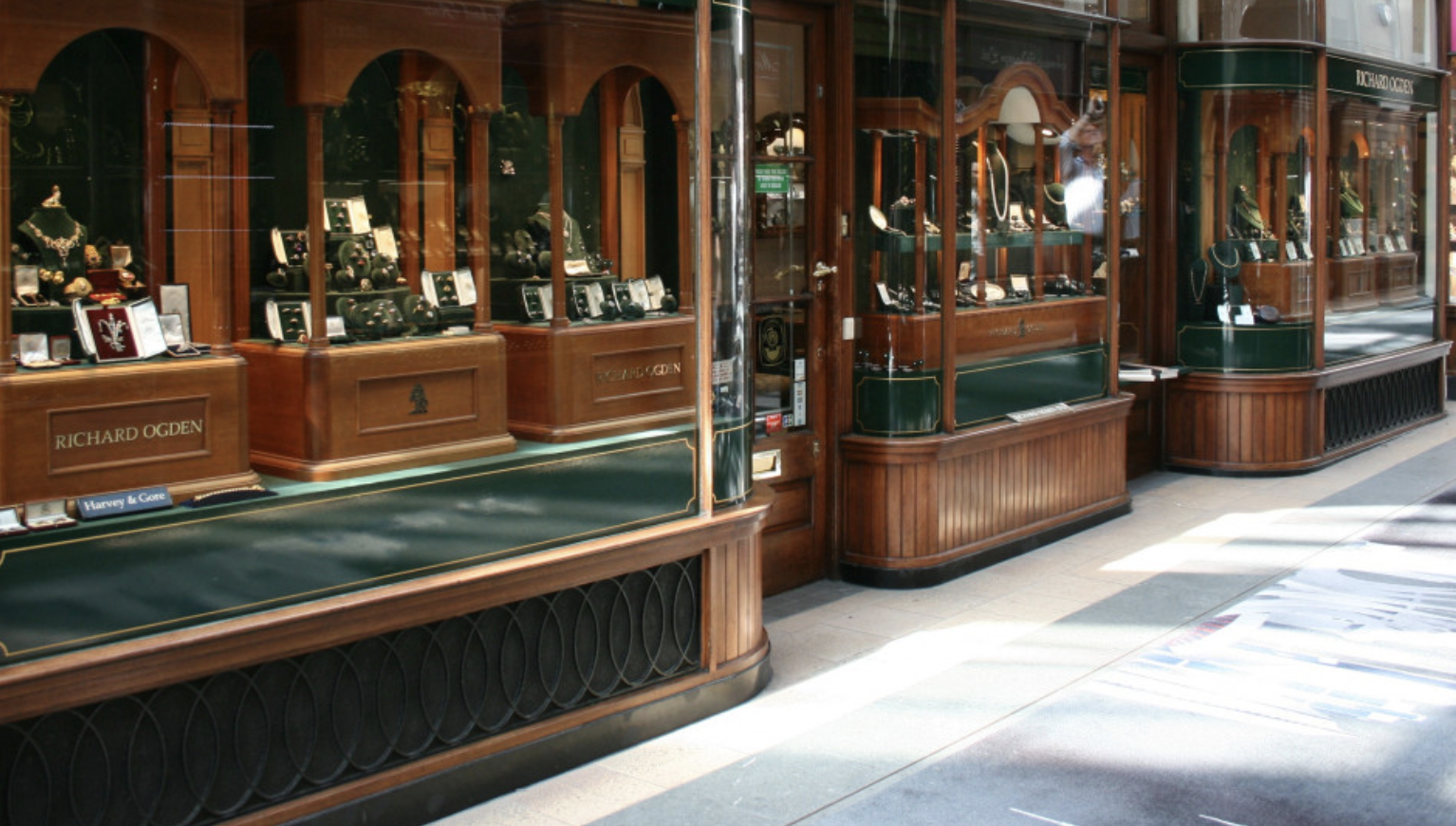
The Pink Panthers is an international network of jewellery thieves that has pulled off some of the most astonishing heists in history. The gang is estimated to have over 800 members, with many of them believed to have special forces backgrounds. The Pink Panthers are so skilled at burglary that one criminologist described their work as ‘artistic’ and ‘glamorous’. The first heist that brought the gang to the public’s awareness took place in 2003, when several thieves belonging to the organisation stole a diamond from a jeweller in Mayfair by concealing it in a jar of face cream, mirroring the plot of Return of the Pink Panther. Whilst a few members of the Pink Panthers have been tracked down by Interpol over the years, most of the organisation is still at large, and continues to pull off daring thefts across the world.
Lincoln National Bank robbery – $2.7 million
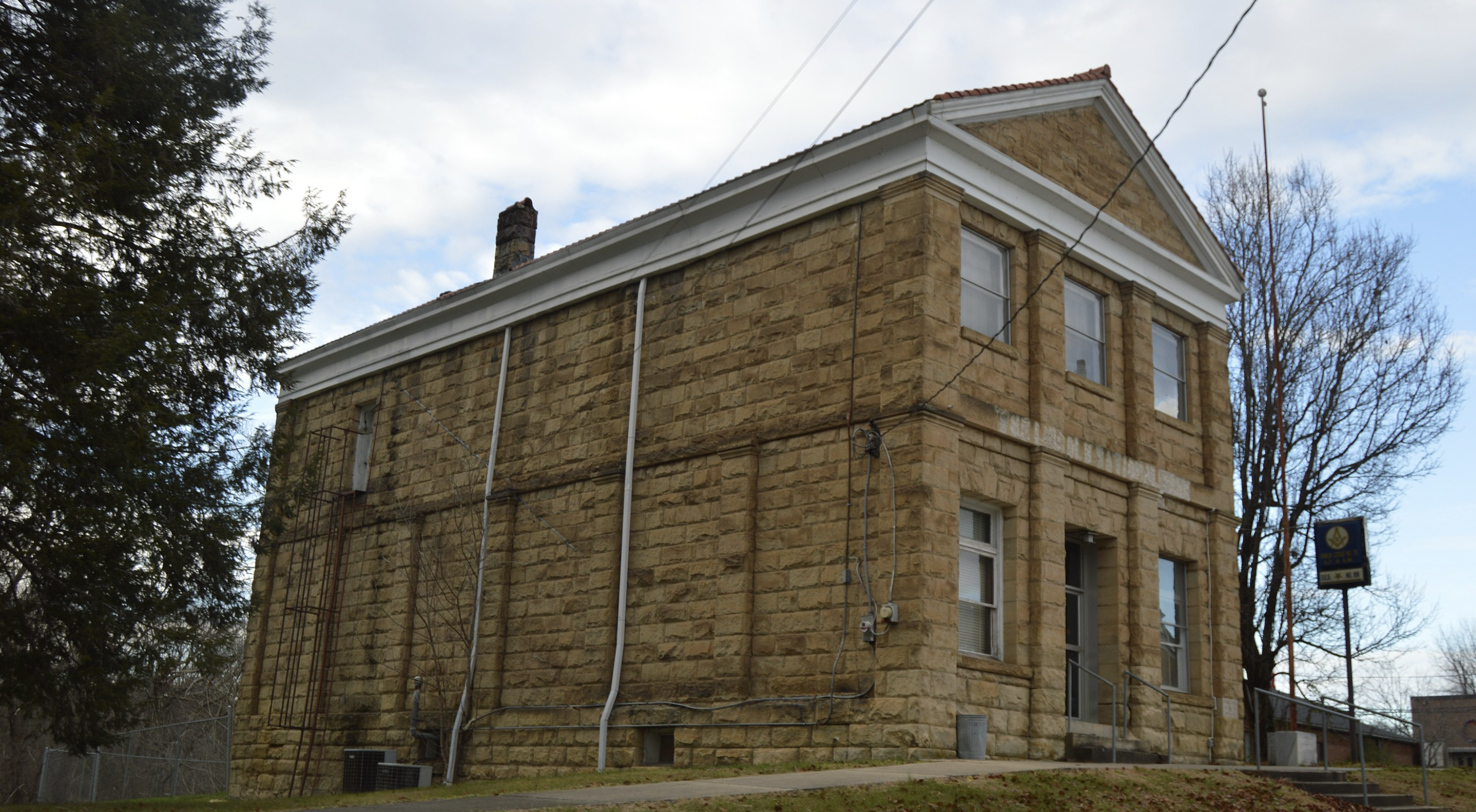
On September 17, 1930, a gang of six armed robbers entered the National Bank in Lincoln, Nebraska, and stole $2.7 million in cash and securities before fleeing in a getaway car. The men knew that only one of the bank’s employees – a cashier named H. E. Leinberger – was able to open the vault, but they messed up their dates and he wasn’t working when they carried out the robbery. Fortunately for the criminals, they discovered that the vault hadn’t been locked properly, allowing them to get in regardless. Two of the perpetrators were eventually brought to justice – with one of them turning out to be a member of Al Capone’s gang – but the remaining four successfully evaded law enforcement and the majority of the money was never recovered.
Bank of America heist – $1.6 million
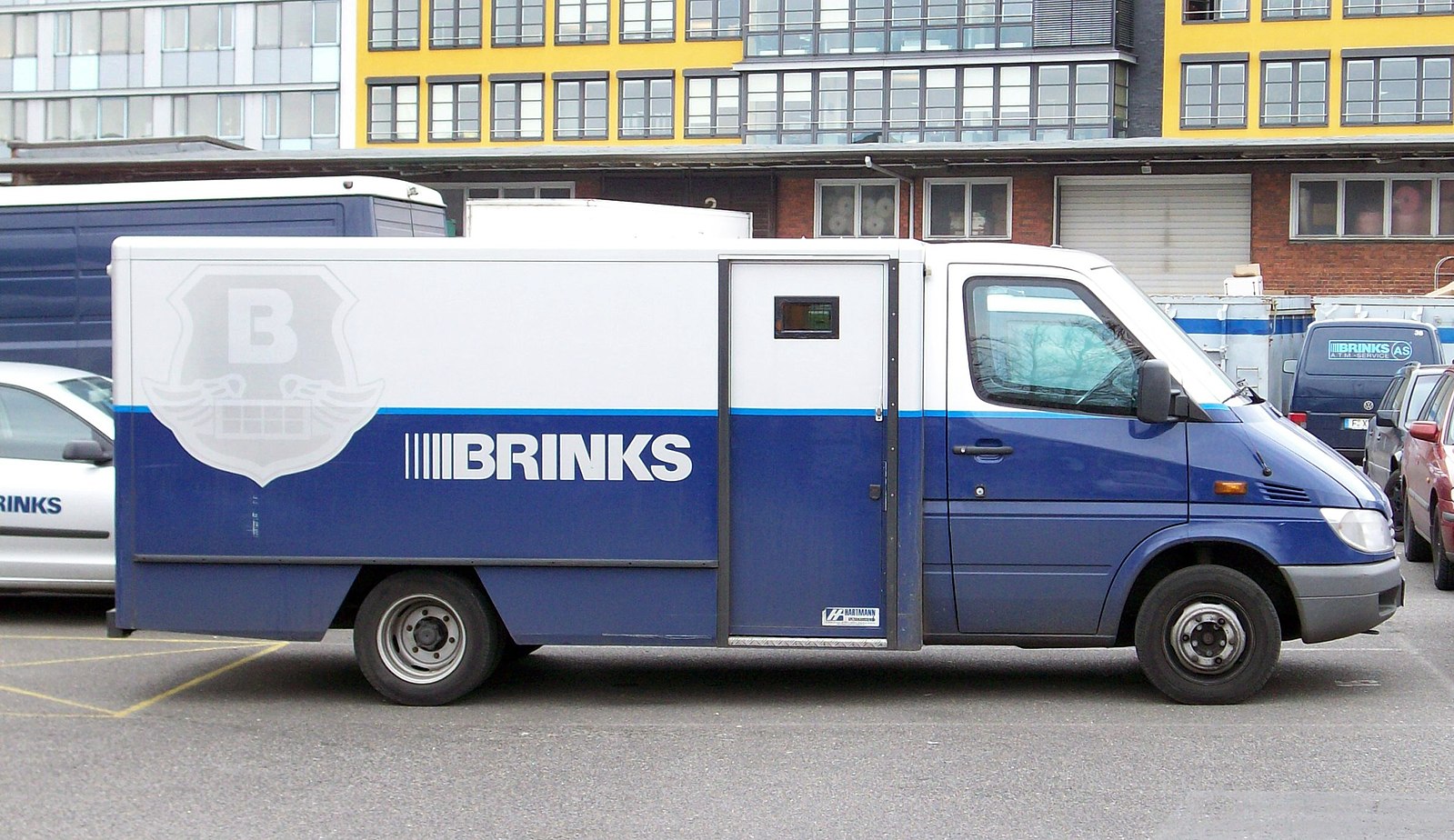
The Bank of America heist took place on January 14, 1998. The robbery was masterminded by Ralph Guarino, a small time crook with connections to the DeCavalcante crime family. Guarino had a friend who worked inside the World Trade Centre – where the Bank of America was located – and he tipped him off about a Brink’s armoured truck cash delivery. With the aid of three criminals he had recruited, Guarino ambushed the truck, overpowered the guards and made off with $1.6 million. The FBI launched an investigation and quickly tracked down the gang, most of whom hadn’t worn disguises during the heist. In order to avoid a lengthy prison sentence, Guarino agreed to become an FBI informant on the DeCavalcante family.
Tiflis robbery – 241,000 rubles
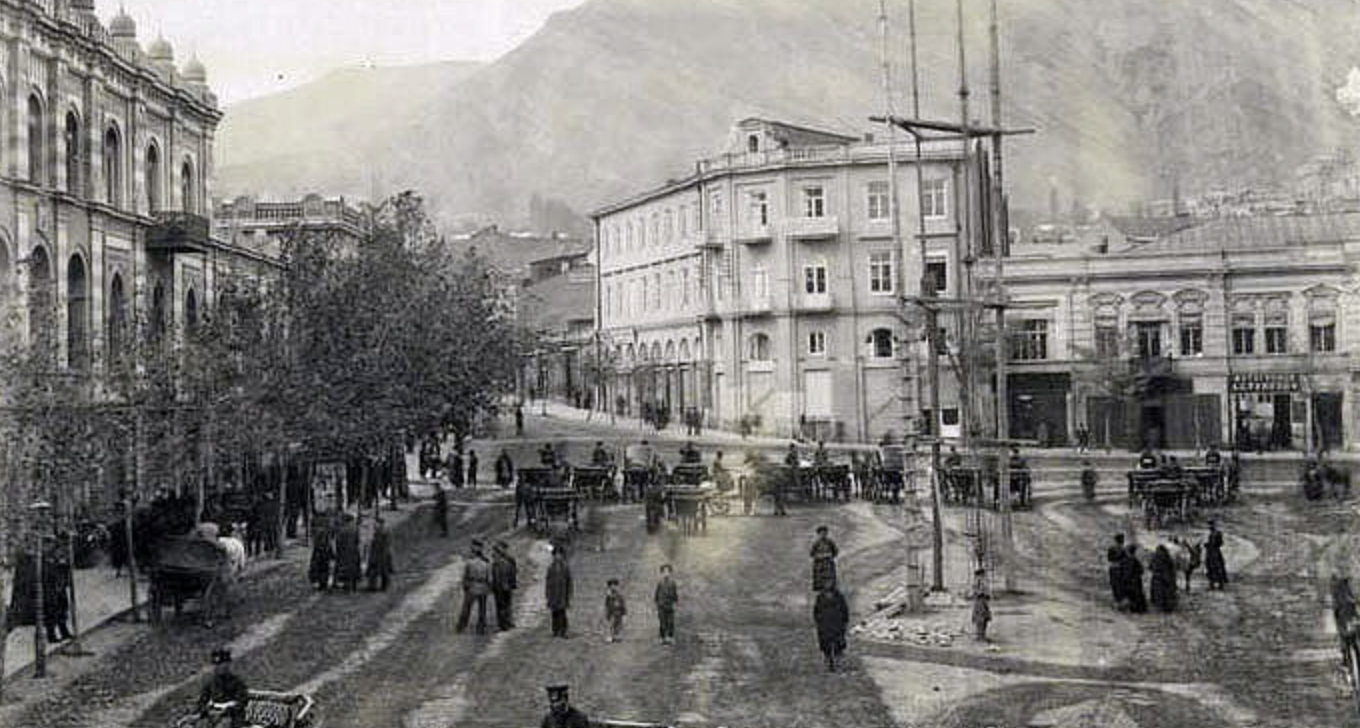
The Tiflis robbery, also referred to as the ‘Erivansky Square expropriation’, was a heist pulled off by Bolshevik revolutionaries to fund their operations. The robbery took place in the Russian Empire city of Tiflis – now Tbilisi, the capital of Georgia – on June 26, 1907. The Bolsheviks attacked a stagecoach belonging to the city’s central bank, making use of firearms and explosives to overwhelm the guards and inflicting significant collateral damage in the process: official records put the death toll at over 40. After eliminating the stagecoach’s security detail, the robbers plundered its contents, escaping with roughly 241,000 rubles. Amongst the plan’s masterminds were future Russian leaders Vladimir Lenin and Joseph Stalin.
Perth Mint Swindle – $2.2 million
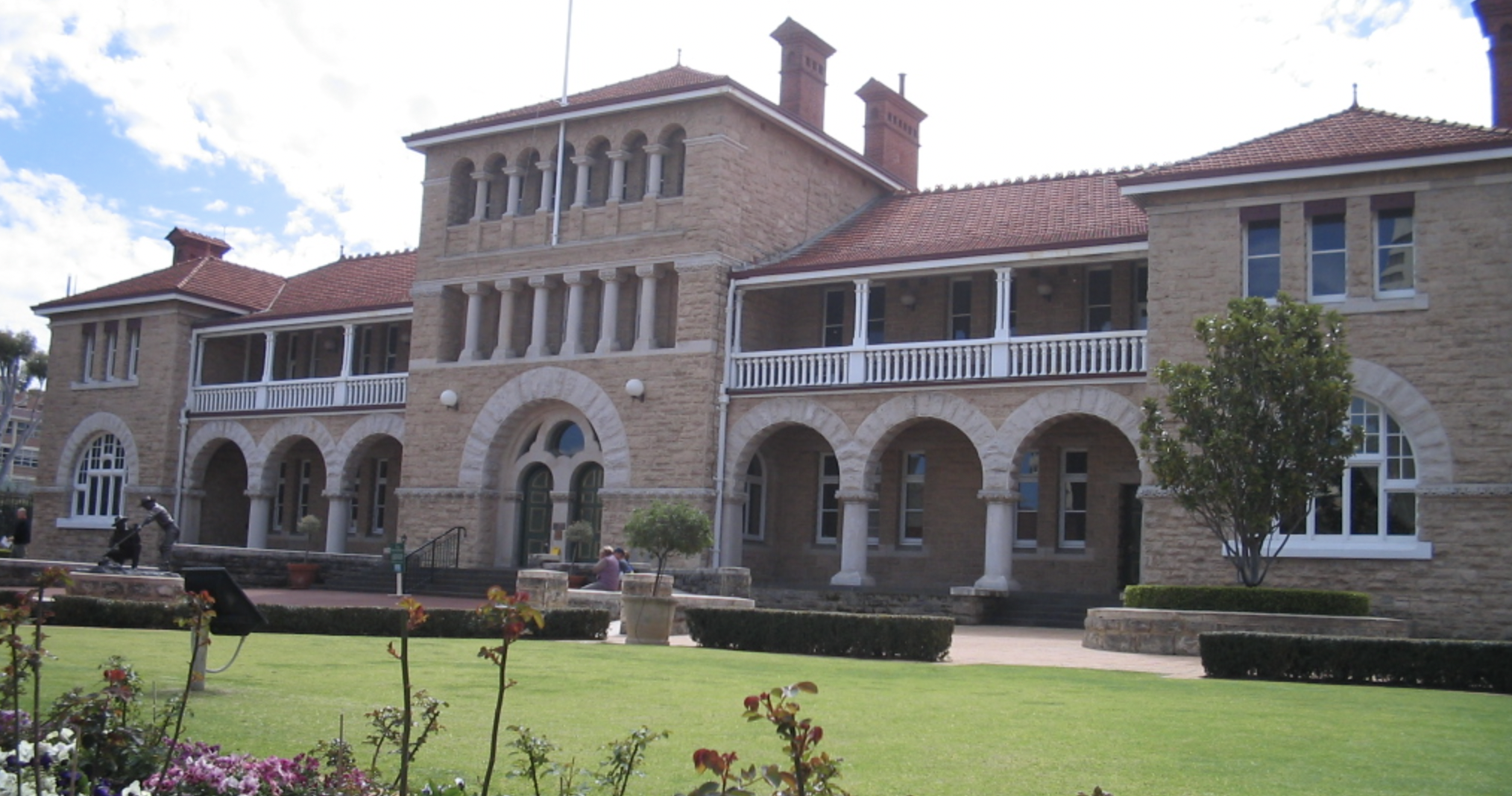
On June 22, 1982, 49 gold bars weighing 68 kilograms were stolen from the Perth Mint in Australia. The stolen gold was valued at A$653,000, the equivalent of $2.2 million. Investigators were convinced that the crime had been masterminded and executed by the three Mickelberg brothers, and in 1983 each of them received a lengthy custodial sentence. The brothers maintained their innocence, claiming that they had been set up by the police, and continued to fight the case from prison. In 2004, after an officer central to the case confessed to fabricating evidence, all of the convictions were quashed and the brothers were released with considerable compensation payouts. The true identity of the heist’s perpetrator remains a mystery.
Norrmalmstorg robbery – 3 million Swedish kroner
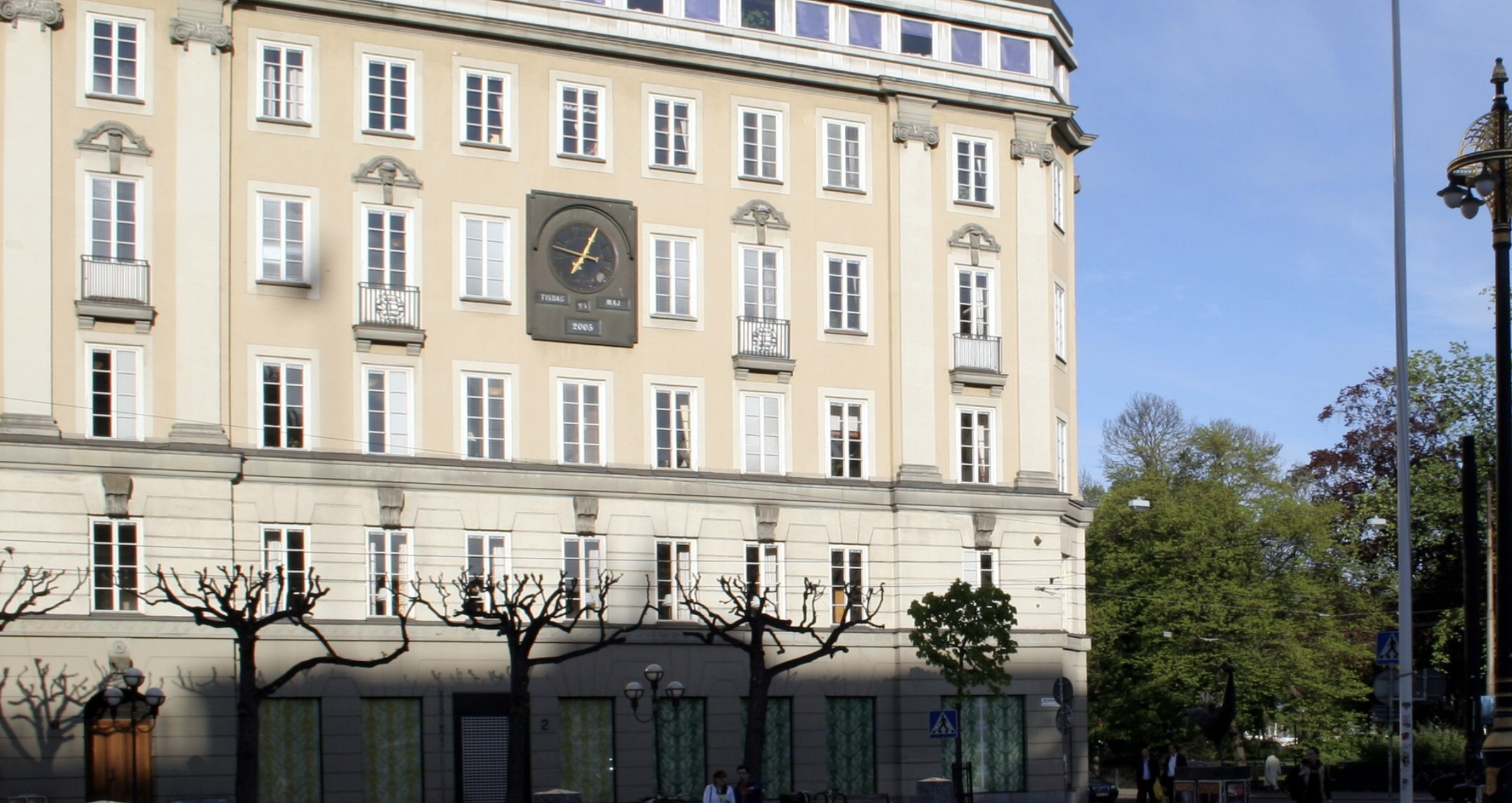
The Norrmalmstorg robbery was a bank heist and hostage crisis that led to the recognition of Stockholm Syndrome. On August 23, 1973, Jan-Erik Olsson – a criminal on leave from prison – attempted to rob the Kreditbanken in Norrmalmstorg, Stockholm at gunpoint, taking several hostages in the process. After a lengthy negotiation process, during which Olsson was given 3 million Swedish kroner, helmets, bulletproof vests, and a Ford Mustang, police finally stormed the bank with teargas and freed the hostages. When they were interviewed after the rescue operation, several of the hostages indicated feelings of loyalty towards Olsson, despite the fact that he had threatened to kill them on numerous occasions.
Geronimo bank heist – Over $17,000
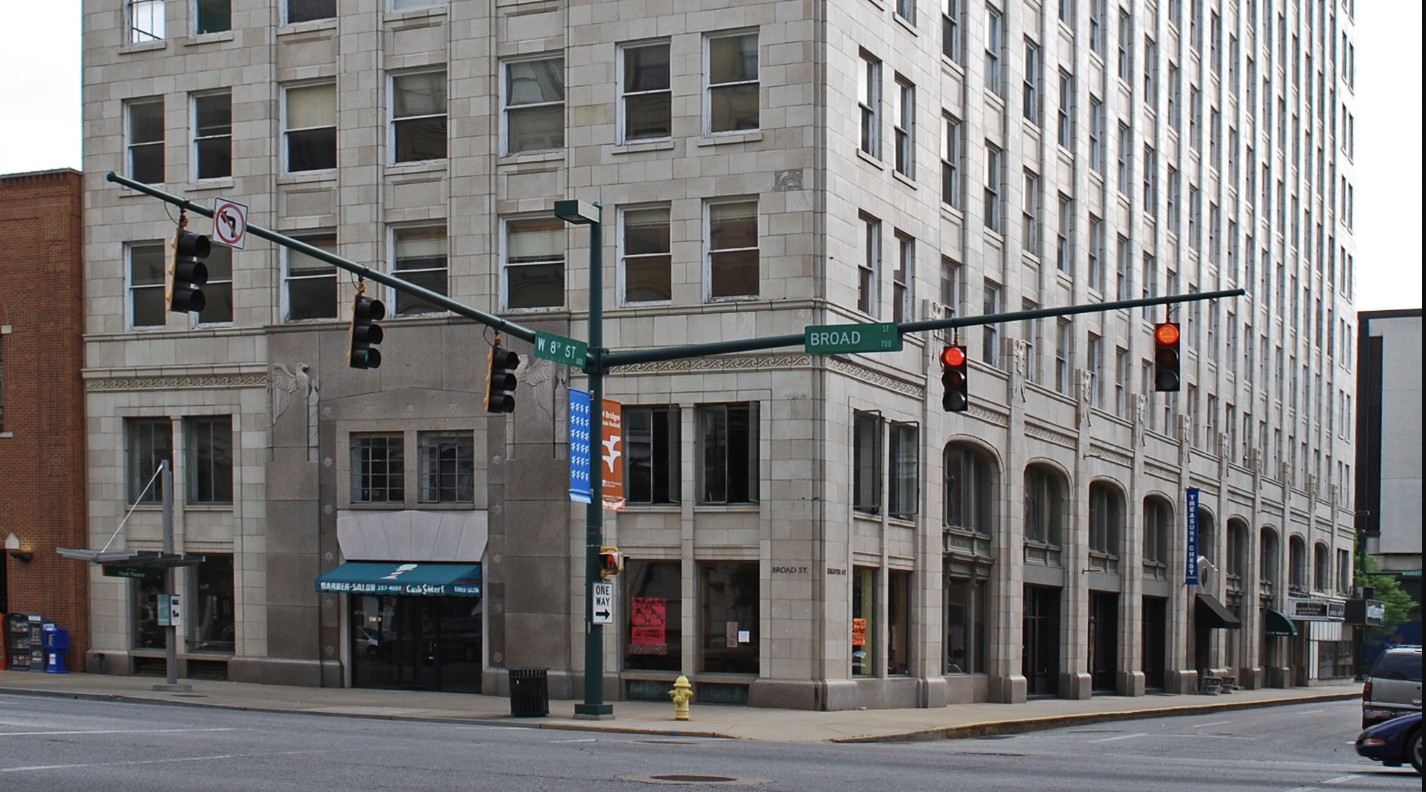
On December 14, 1999, Jay Wesley Neill perpetrated one of the bloodiest bank robberies in American history. Neill entered the First Bank of Chattanooga in Geronimo, tied up three bank tellers at gunpoint and then stabbed them to death. When customers entered the bank, the robber ordered them into a backroom and shot all three in the head. After stealing over $17,000 in cash, Neill rendezvoused with Robert Grady Johnson, his accomplice, and the pair flew to San Francisco where they blew the money on jewellery and expensive hotel rooms. The duo were swiftly apprehended and extradited back to Comanche County, where Neill was sentenced to death and Johnson was sentenced to four life sentences without the possibility of parole.
Baker Street robbery – Up to £3 million
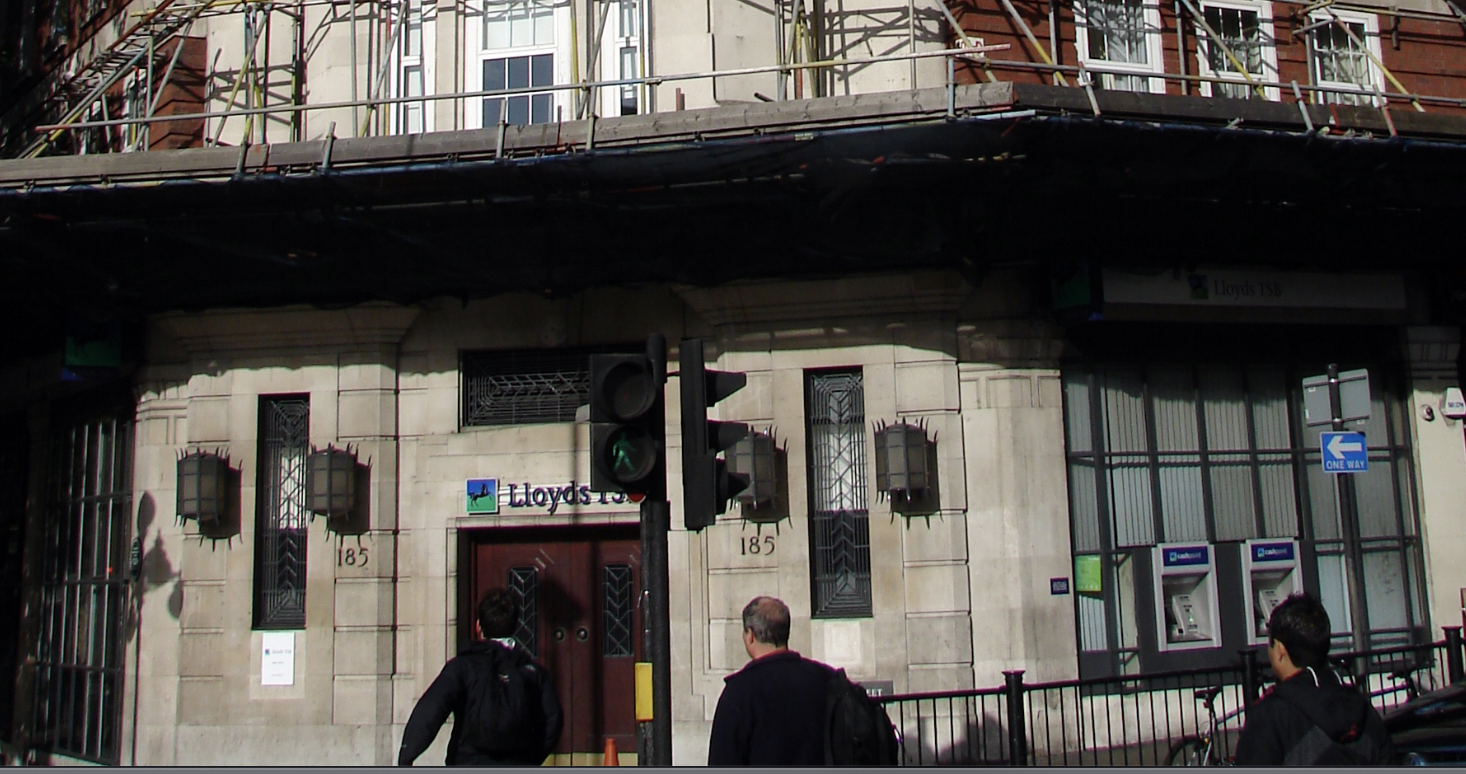
In the early hours of September 11, 1971, a group of burglars broke into the vault of the Baker Street branch of Lloyds Bank and raided up to £3 million from safety deposit boxes. The criminals had rented a shop two doors from the bank and dug a 40 metre tunnel over the course of several months, before finally breaking into the vault using gelignite. The heist was masterminded by Anthony Gavin, who drew inspiration from an Arthur Conan Doyle short story in which Sherlock Holmes apprehends a bank robber who has committed a similar crime. Unfortunately for Gavin, life imitated art and he was apprehended around a month after the burglary, receiving a 12 year prison sentence for orchestrating the heist.
Marlborough diamond heist – $3.6 million
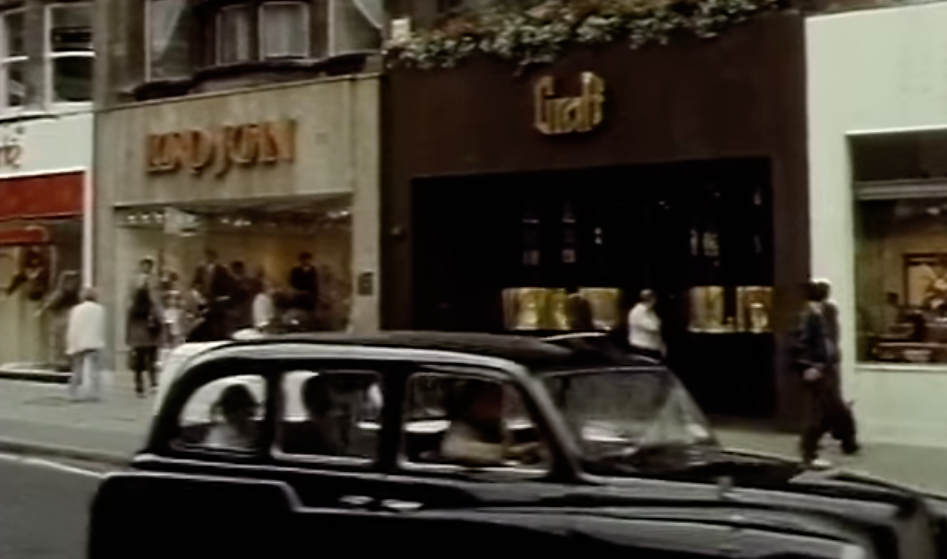
The Marlborough diamond heist was pulled off by Chicago mobster Joseph Scalise and his associate Arthur Rachel. On September 11, 1980, the duo entered Graff’s jewellery store in the Knightsbridge area of London and snatched a number of precious gems, including the Marlborough diamond. Eye-witness testimony allowed the authorities to quickly deduce the robbers’ identities, largely due to Scalise’s visibly deformed left hand, and they were arrested when their flight landed in Chicago. After a lengthy legal battle, Scalise and Arthur were extradited back to the UK, where they were both sentenced to 16 years in prison.
Loughton incinerator thefts – Over £600,000
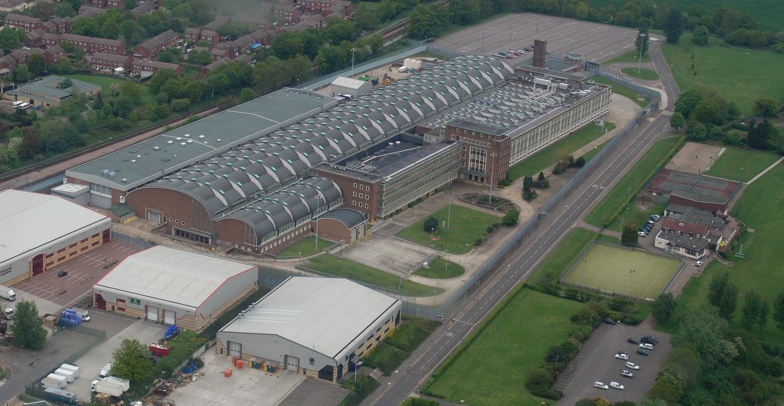
Between 1988 and 1992, four members of staff who operated the Bank of England’s incinerator in Loughton, Essex, stole over £600,000 in currency that had been removed from circulation. The thieves concocted a scheme that involved distracting the guards whilst Christine Gibson, the group’s only female member, stuffed money into her underwear to smuggle out of the plant. The group were hardly discreet, splashing out on fancy cars, clothes, and jewellery, but somehow they never aroused suspicions. Eventually, the gang ended up on the authorities’ radar after they tried to make large cash deposits at the same bank, leading to the discovery of their scheme and lengthy custodial sentences.
City bonds robbery – £291 million
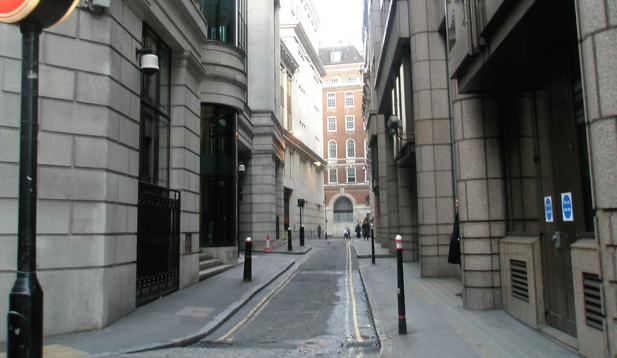
On May 2, 1990, a coalition of criminals from gangs including the New York Mafia, the IRA, and the Colombian cartel masterminded one of the most profitable heists in history. Shortly before the robbery, it became public knowledge that a network of couriers operated within the City of London, transporting huge sums of money by foot in order to maintain liquidity in the UK’s financial system. On the morning of the heist, one such courier was carrying a briefcase with £291 million in bearer bonds when he was mugged at knifepoint. Initially, it seemed that the plan had gone off without a hitch, but an FBI agent who had infiltrated the New York Mafia was able to get enough evidence on one of the masterminds to arrest him, later convincing him to flip on the other orchestrators in exchange for a lenient sentence.
Darwin’s notebooks – Unknown
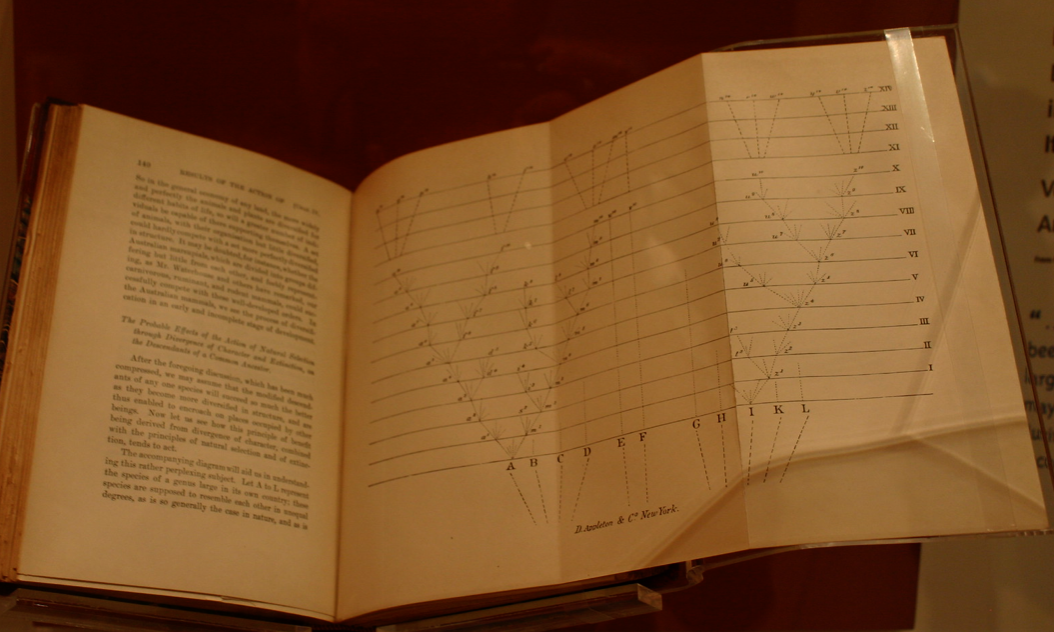
In 2001, employees at Cambridge University discovered that the notebooks of Charles Darwin had gone missing from the private library. At first, it was assumed that an administrative mix-up was to blame and the historical scientific artefacts had been misplaced, but it eventually became clear that the books had been stolen. For two decades investigators sought the notebooks, and the university ran ads appealing for information on their whereabouts, but the general consensus was that – given the astounding value of the books – they had been sold to a private collector. Just when all hope had been lost, in April 2022 a gift-wrapped package containing the lost notebooks was discovered in the public section of the library with a note that read, ‘Librarian, Happy Easter, X’.
Helsinki bank robbery – $1.7 million
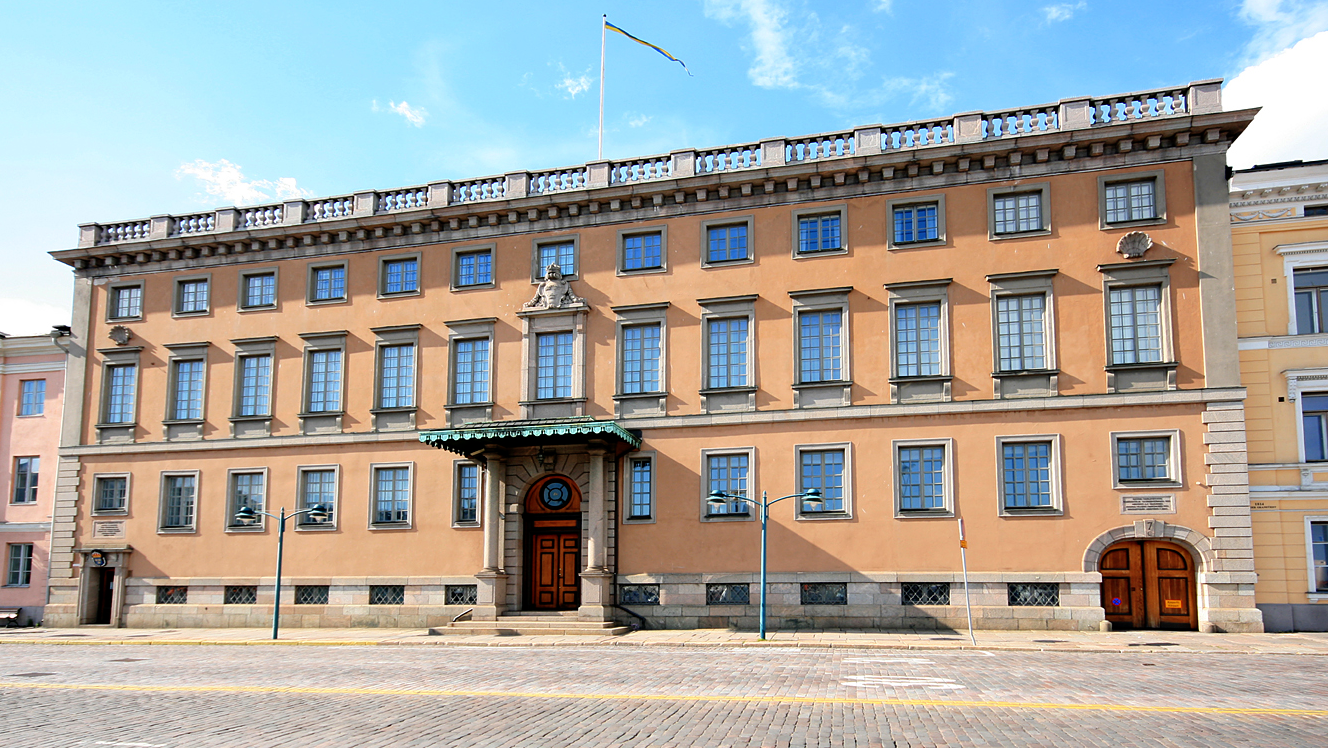
The 1906 Helsinki bank robbery was masterminded by Russian revolutionary Nikolay Burenin, who recruited 15 Latvian revolutionaries to pull off the heist. The robbers relied on brute force, storming the Helsinki branch of the Russian State Bank and making off with 170,000 rubles ($1.7 million in today’s money) after killing a guard. Burenin had intended to use the money to finance Bolshevik schemes in Russia, but he ended up taking the cash and fleeing to the United States after one of the Latvian revolutionaries he had hired was killed by police.
Eastcastle Street robbery – £287,000 (£8.3 million today)
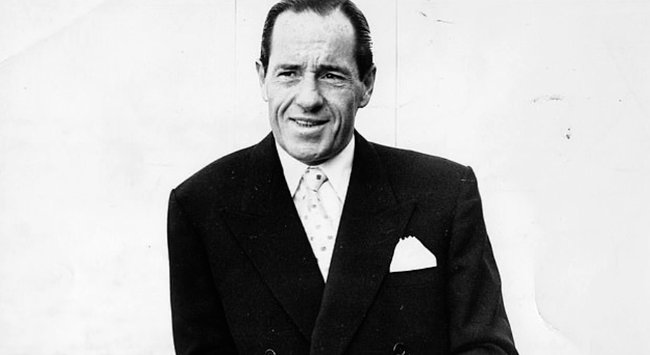
At the time of its perpetration, the Eastcastle Street robbery was the largest postwar theft in Britain. In the early hours of May 21, 1952, seven robbers stole £287,000 (£8.3 million in today’s money) from a post office van in central London. The criminals boxed in the van using two cars, dragged the driver and his passenger out, beat them with coshes, and stole the van. After driving it to a secluded location they emptied the cash in the back and abandoned the vehicle. The plan’s orchestrator was believed to be notorious London gangster Billy Hill, but – despite a comprehensive investigation involving a thousand police officers – no evidence was ever found and none of the criminals were ever charged.
PNC Bank robbery – $250,000
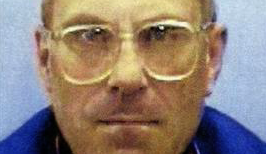
The PNC Bank robbery, and the events surrounding it, has been described as “one of the most complicated and bizarre crimes in the annals of the FBI”. On August 28, 2003, pizza deliveryman Brian Wells walked into a branch of PNC in Erie, Pennsylvania, and forced the teller to hand $250,000 at gunpoint. Wells was apprehended shortly afterwards by police, but as soon as they approached him he was killed by a bomb strapped around his neck. Investigators subsequently discovered that the plot to rig Wells with a bomb and force him to rob the bank had been concocted by a woman named Marjorie Diehl-Armstrong, who was planning to use the stolen funds to have her father assassinated, as she stood to inherit a large sum of money. Diehl-Armstrong – who investigators believe was likely a serial killer – was sentenced to life in prison, as were the three co-conspirators who helped her execute the plan.
Feltham book heist – £2.5 million
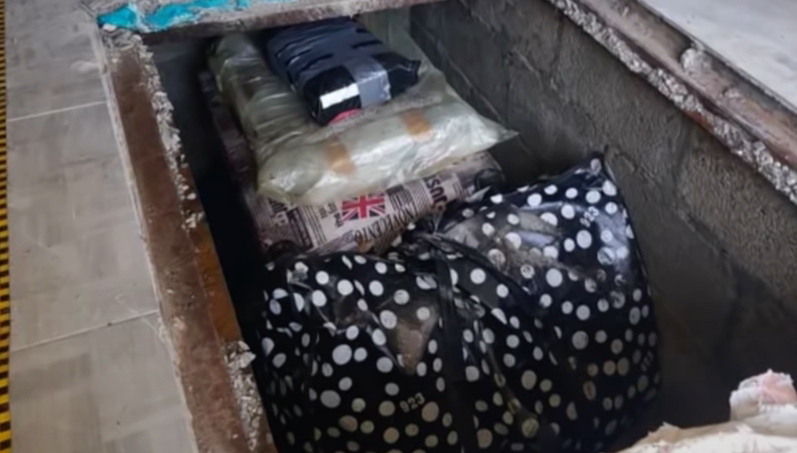
On the night of January 29, 2017, a gang of burglars pulled off what has been described as a ‘Mission: Impossible-style’ heist, stealing £2.5 million worth of rare books from a secure warehouse unit in Feltham. The unit housed a number of extremely rare books, and was kitted out with state-of-the-art security technology, including motion detectors. The thieves bypassed these systems by cutting holes in the warehouse’s roof and rappelling down onto the bookshelves, which they used to move around above the sensors’ beams. The criminals got away with over 160 books. Investigators believed that the theft had been commissioned by a specialist collector, and after a three-year investigation that spanned 45 countries and saw 13 people charged, most of the books were finally recovered beneath the floorboards of a Romanian farmhouse.